Alexandrite
The Color-Changing Gemstone
Alexandrite is one of the most fascinating gemstones in the world, prized for its mesmerizing ability to change colors under different lighting. In this blog, we will explore the origins, formation process, cultural significance, market value, and fashion tips surrounding this extraordinary crystal. Whether you're a jewelry enthusiast or a crystal collector, Alexandrite offers a unique charm that has captivated people for centuries.
Origin of Alexandrite
Alexandrite was first discovered in Russia’s Ural Mountains in 1830, making it a relatively recent find in the world of gemstones. Named after Tsar Alexander II, the stone’s discovery coincided with his ascension to the throne, which added a layer of royal significance to its allure.
Today, high-quality Alexandrite is still primarily sourced from Russia, though significant deposits have also been found in Brazil, Sri Lanka, Zimbabwe, and Myanmar. Each origin is known for producing stones with distinct color-changing properties, which contribute to the stone’s unique allure.
Formation Process of Alexandrite
Alexandrite forms in metamorphic rocks under high heat and pressure conditions. It is a variety of the mineral chrysoberyl, composed of aluminum oxide and beryllium, but with a unique trace element – chromium. The chromium content in Alexandrite is responsible for its extraordinary color-changing properties, as it absorbs different wavelengths of light in varying conditions.
Under natural daylight, Alexandrite exhibits a rich green to bluish-green hue, while in incandescent light, it transforms into a deep red or purplish-red shade, making it one of nature's most fascinating phenomena.
Cultural Significance and Meaning of Alexandrite
Alexandrite has long been associated with transformation, balance, and luck, often regarded as a symbol of harmony between opposites. In various cultures, it is believed to bring joy, positivity, and good fortune to its owner. Its ability to change colors has led to its association with adaptability and resilience. Some spiritual practitioners believe that Alexandrite encourages personal growth, helps one navigate emotional and physical changes, and strengthens intuition. The gemstone’s rich history and dual nature make it an ideal crystal for those seeking balance in their lives.
Market Value and Rarity
Alexandrite is one of the rarest and most valuable gemstones on the market. Its rarity, combined with its captivating color-changing properties, makes it a highly sought-after gem for collectors and jewelers. The price of Alexandrite can vary significantly depending on factors such as its origin, color, size, and clarity. Stones with the most dramatic color change and the highest clarity can command prices of several thousand dollars per carat, particularly those that come from the original Russian deposits. Due to its scarcity, high-quality Alexandrite is often considered an investment gemstone.
Alexandrite Properties
Career & Success
Ambition
Relationships & Communication
Love & Compassion
Excellence
Intuition
Birth month

Zodiac

Element


Chakras


Planet

Mohs Hardness
≥ 8.5
Click to copy the Alexandrite properties
Jewelry Uses and Fashion Tips
Alexandrite is a popular choice for jewelry due to its striking beauty and rarity. Its color-changing nature makes it versatile for all occasions, from day to evening wear. As a centerpiece, Alexandrite shines in rings, necklaces, earrings, and bracelets. For those who enjoy unique, eye-catching designs, a simple Alexandrite solitaire pendant or a statement cocktail ring is a perfect choice.
When wearing Alexandrite, consider pairing it with metals that enhance its color, such as platinum or white gold, which can highlight the stone’s vibrant hues. Due to its dual color profile, Alexandrite can also be paired with complementary gemstones like diamond or white sapphire to create a more dynamic effect in your jewelry designs.
Pairing Alexandrite with Other Gemstones or Materials
For those who enjoy mixing and matching gemstones, Alexandrite pairs beautifully with a range of other crystals and materials. Consider pairing it with:
- Diamonds: The brilliance of diamonds complements the changing colors of Alexandrite, making the combination truly captivating.
- Emeralds: Both stones share a rich green hue in natural light, creating a striking color contrast when combined.
- Sapphires: Particularly blue or pink sapphires, create an intriguing and sophisticated contrast with Alexandrite’s color-changing nature.
- Gold and Silver: Both metals work well with Alexandrite, with yellow gold enhancing its red tones and white metals such as platinum accentuating its green hues.





Crystal Color Palettes for Artistic and Fashion Inspiration
The enchanting color changes of Alexandrite make it an excellent muse for artistic endeavors and color palette inspirations. Here are five color palettes inspired by Alexandrite:

- #c0c0c0 Silver GrayA soft, elegant silver that evokes a sense of calm sophistication.
- #ffb6c1 Blush Pink A delicate, gentle pink that feels sweet and nurturing.
- #ffe398 Buttercream Yellow A light, cheerful yellow that brings a sense of joy and
- #719f84 Sage Green A calm, earthy green with a refreshing natural vibe.
- #2a0b3c Deep Plum A rich, intense plum that exudes depth and mystery.
This palette blends soft pastels with deeper, more intense hues, creating an atmosphere of serene elegance with a touch of bold sophistication. The combination of warmth, tranquility, and mystery makes it perfect for artistic expressions that seek to evoke both comfort and drama.
The Color-Changing Phenomenon
Alexandrite’s unique ability to change colors based on lighting has long fascinated gemstone enthusiasts and scientists alike. How do you think the color-changing property of Alexandrite can influence how we perceive gemstones in different environments? Do you believe the magic of this color shift could have practical uses in technology or fashion beyond just jewelry?
Let us know your thoughts on this mesmerizing phenomenon in the comments below!



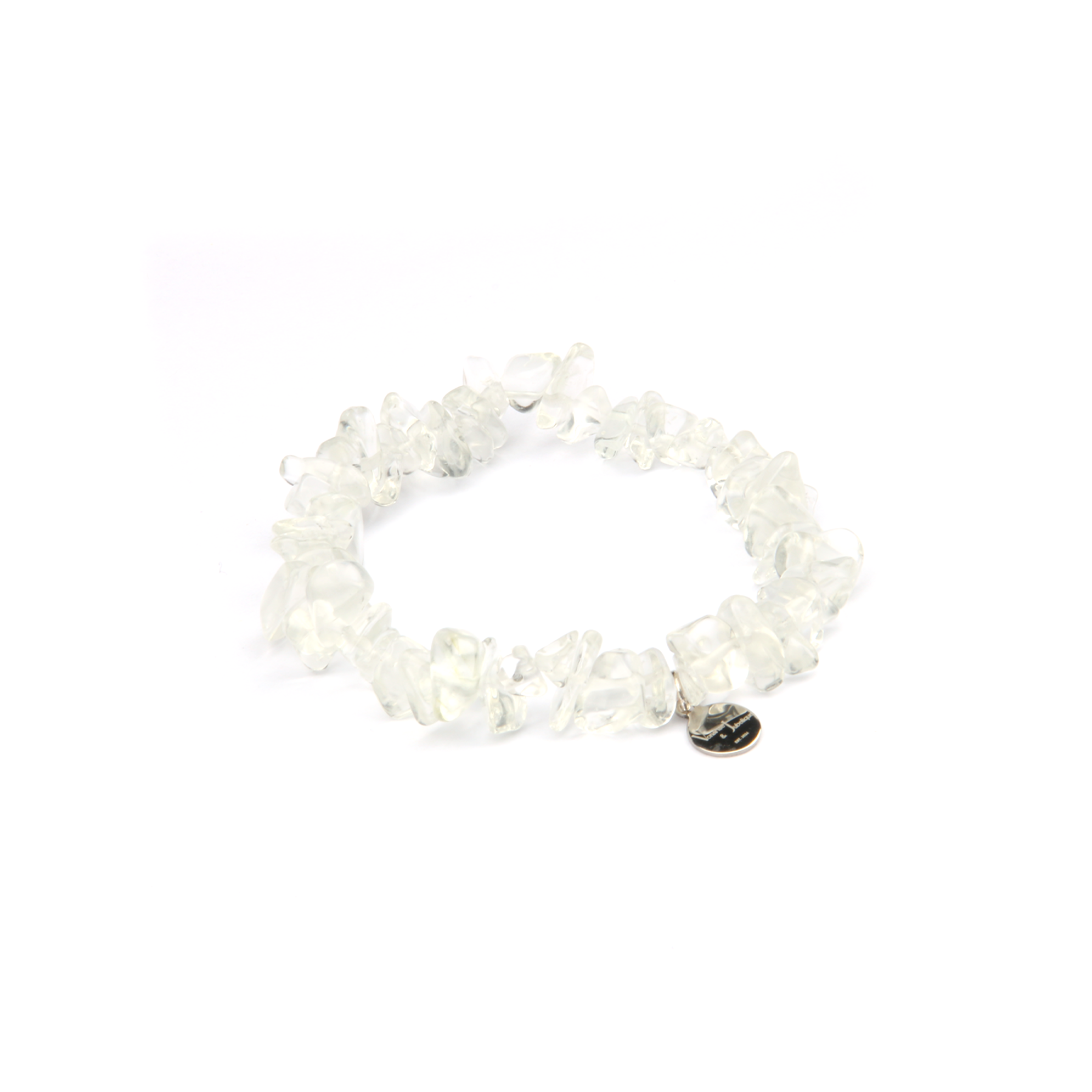
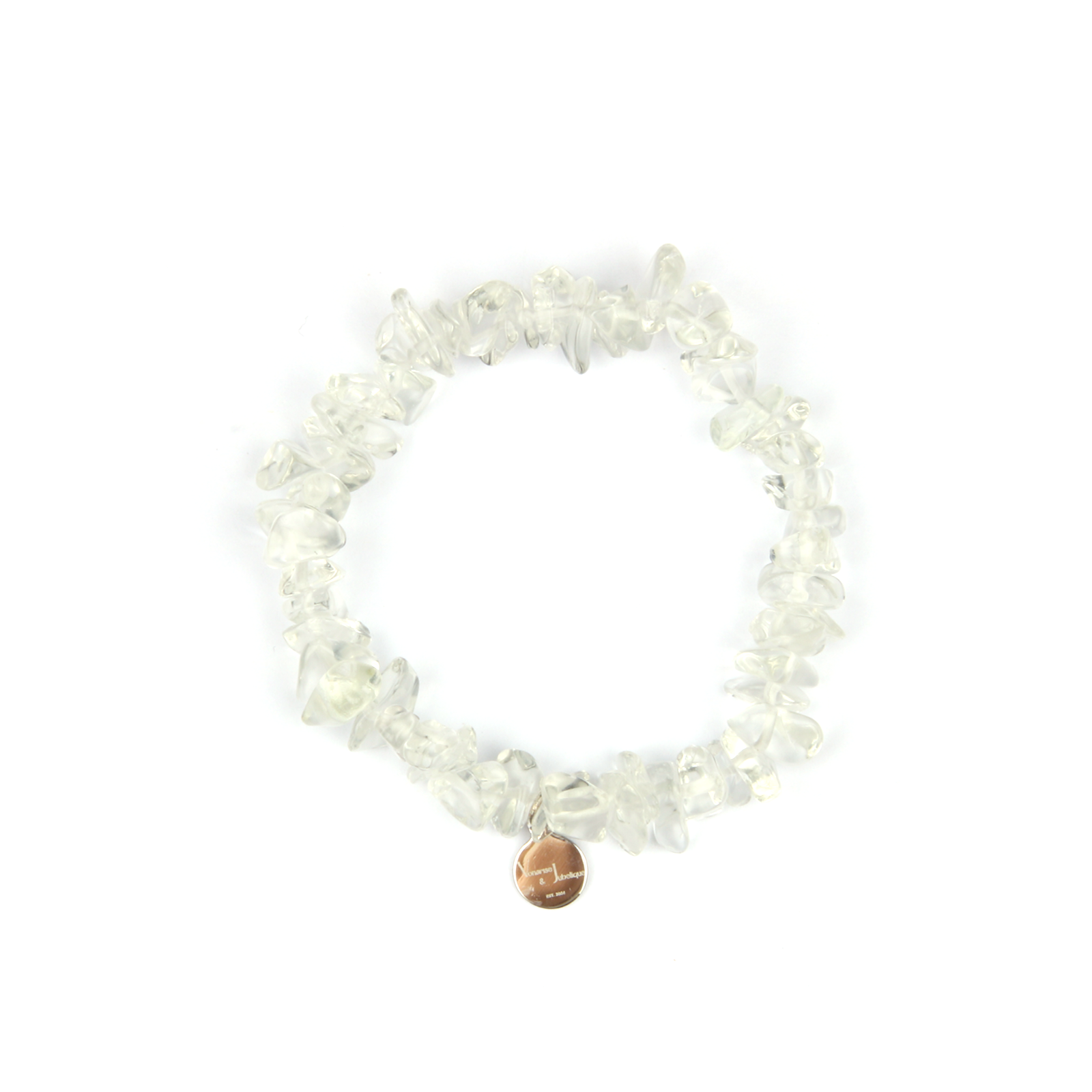
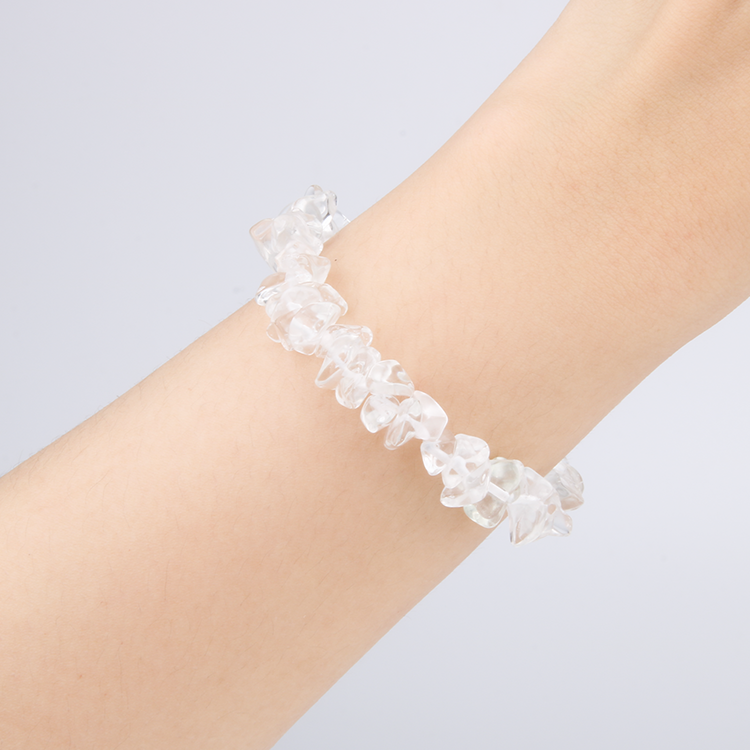

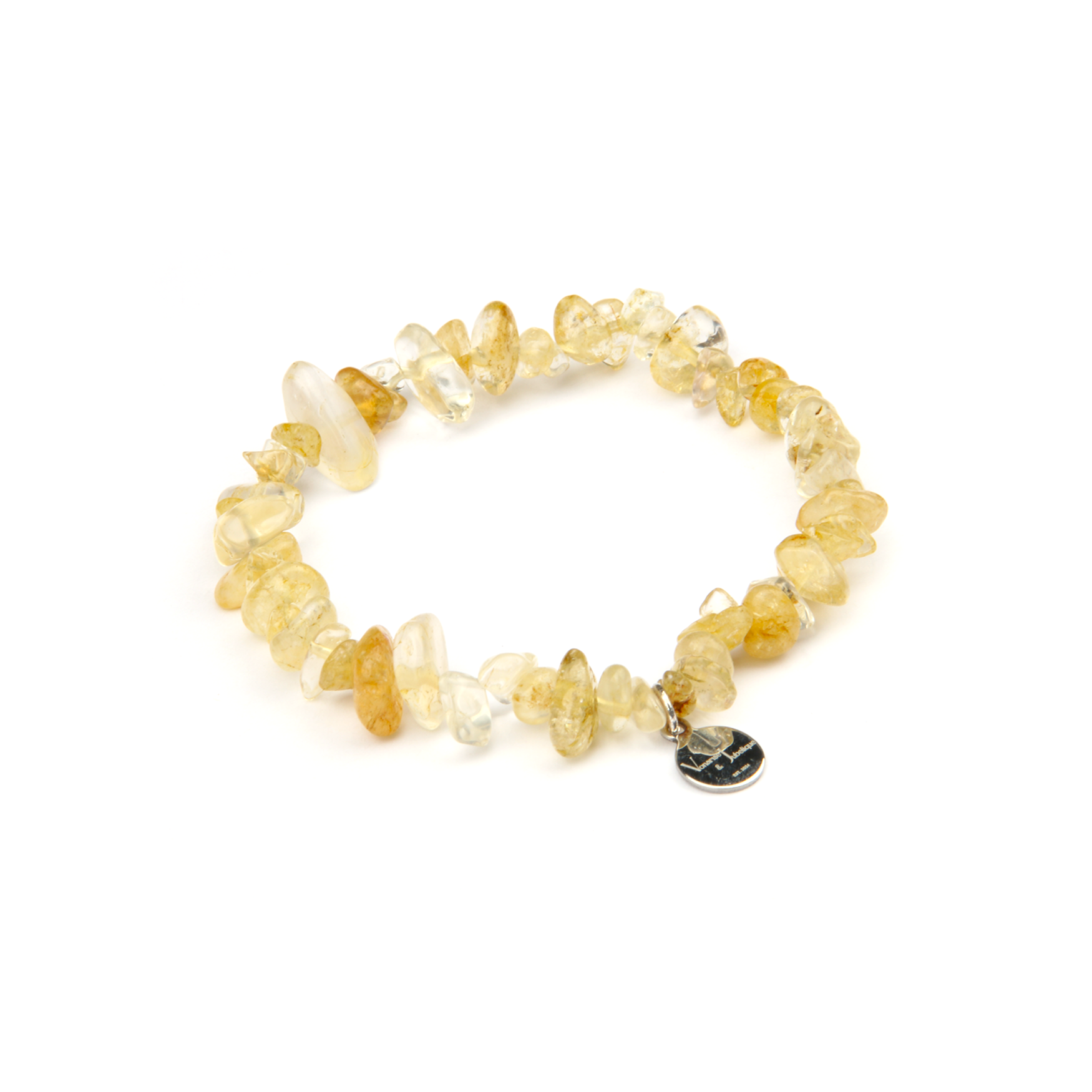
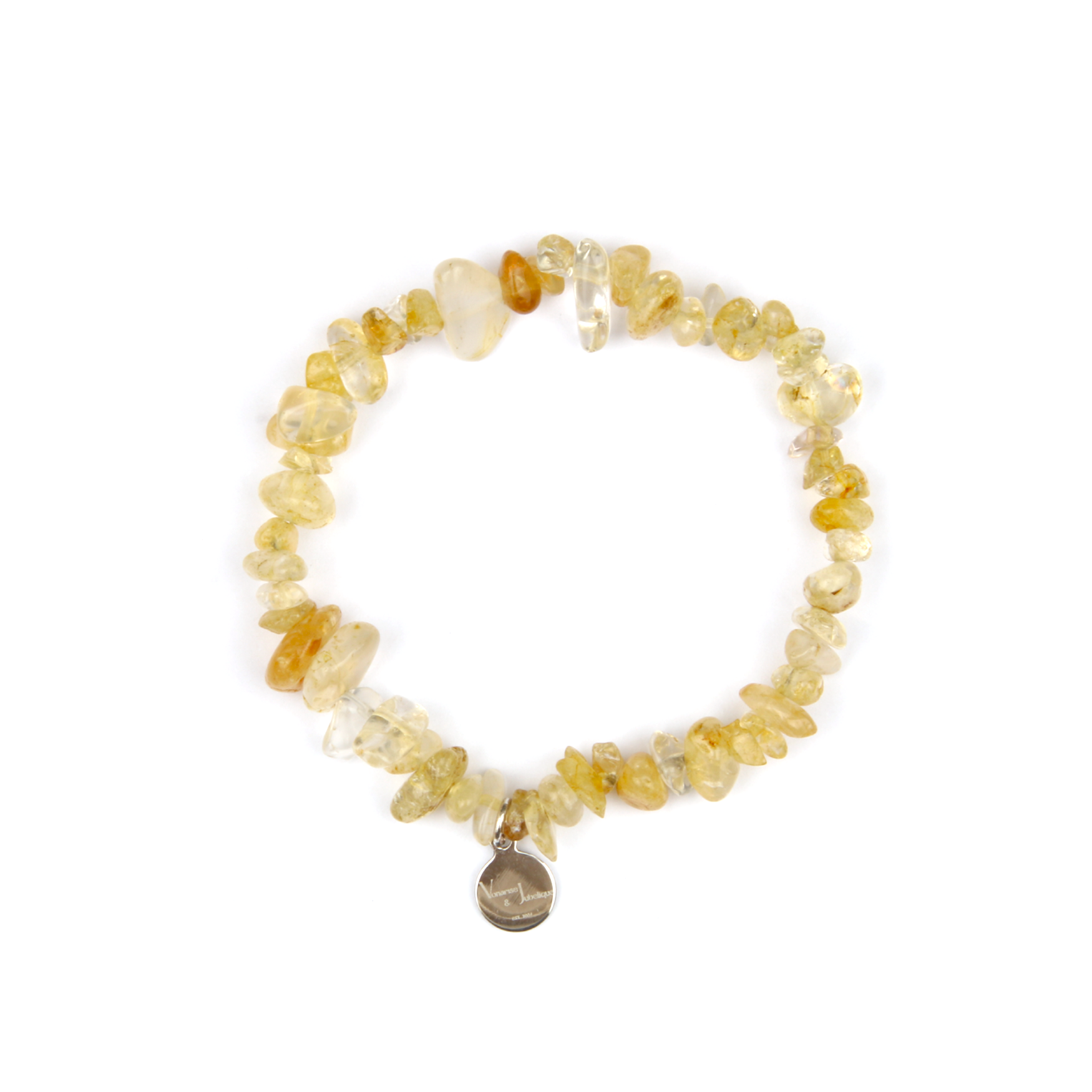
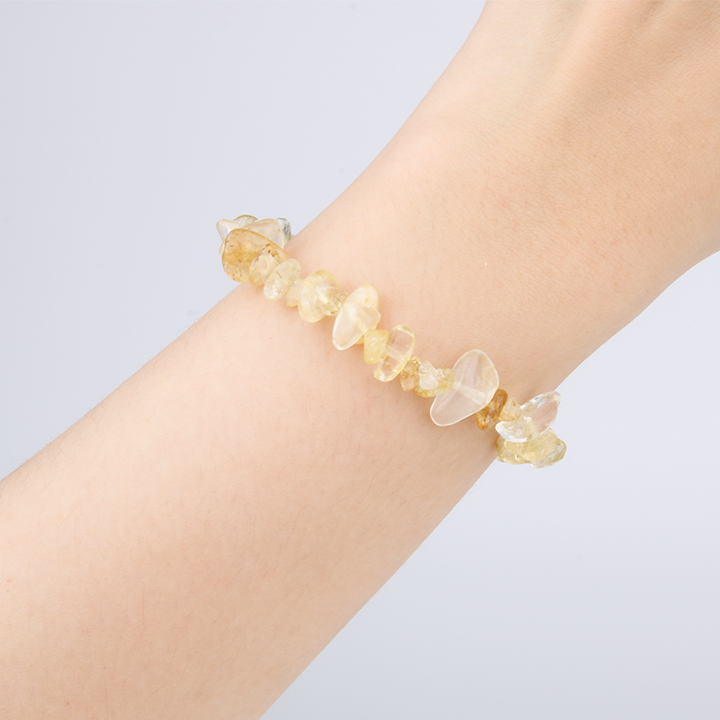
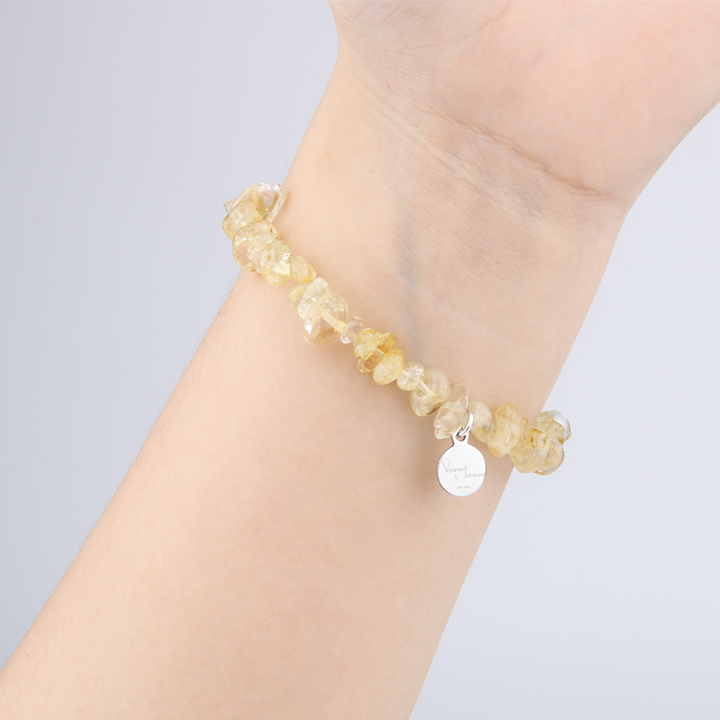
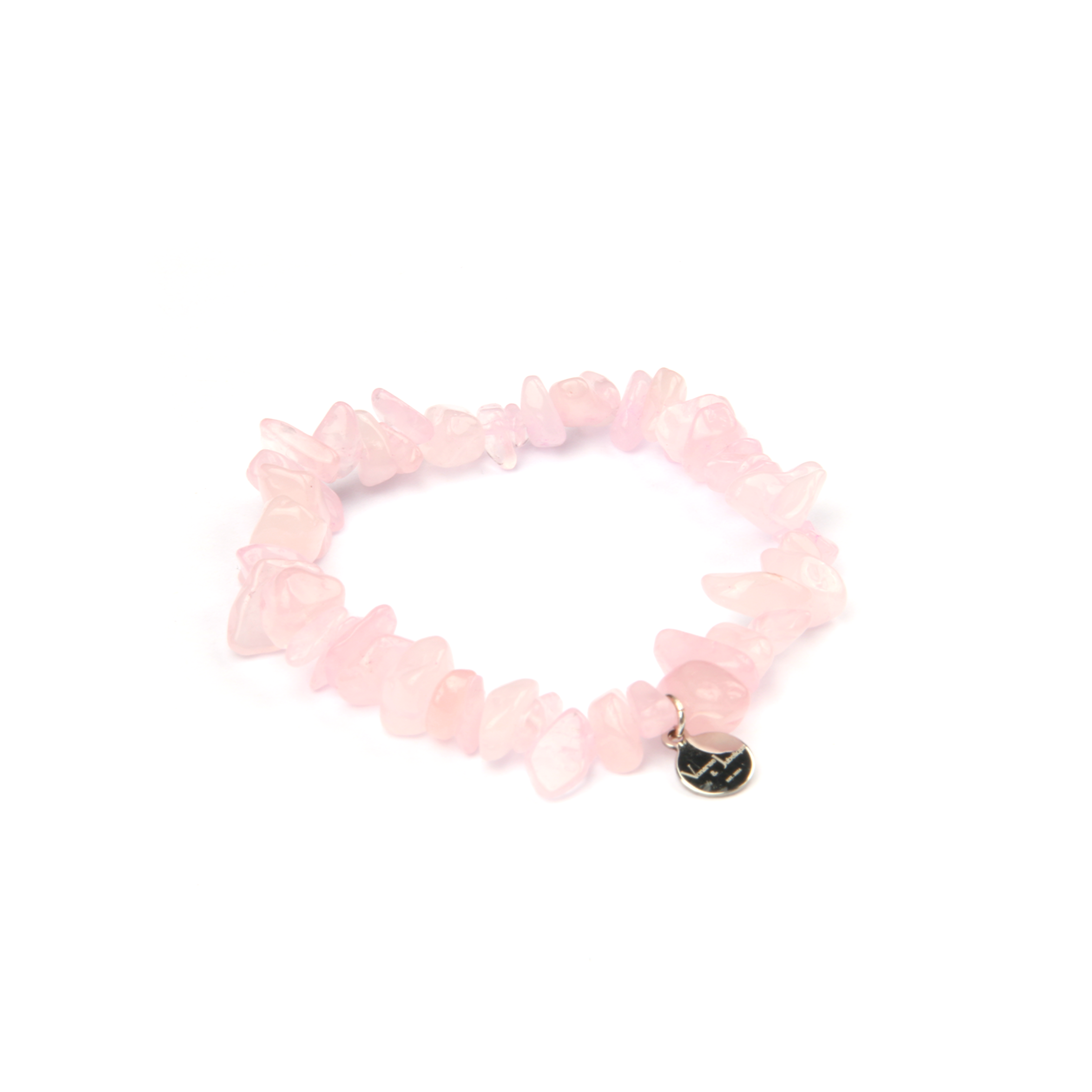
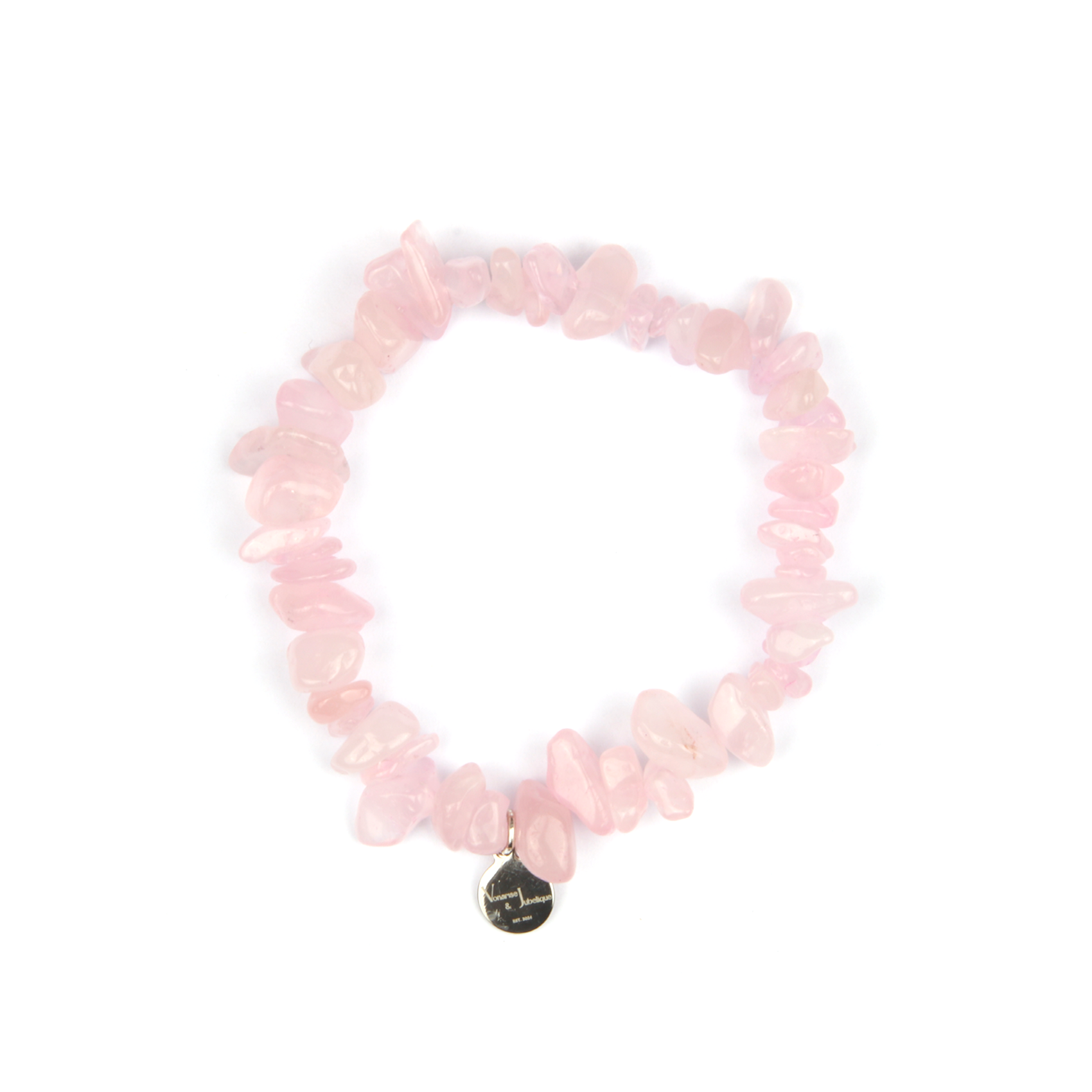
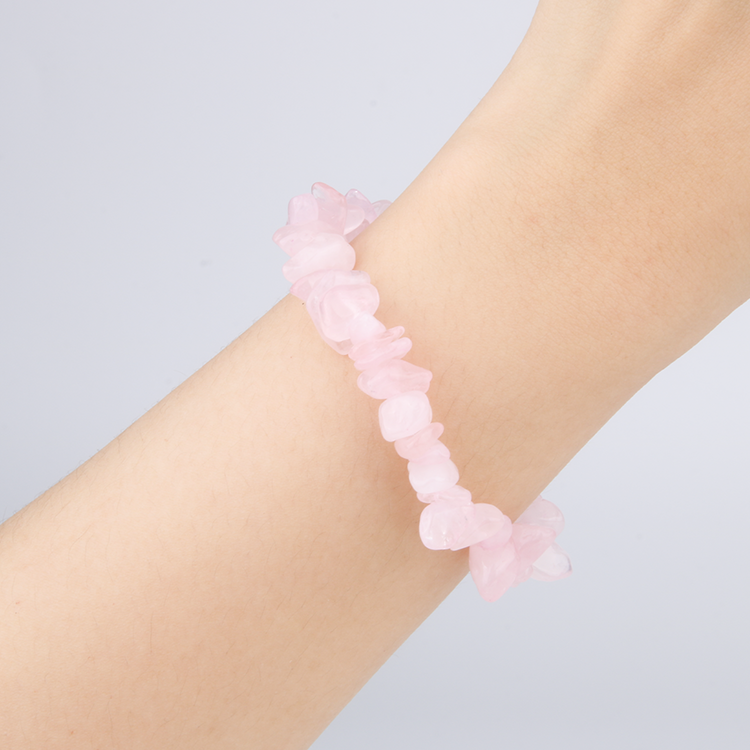
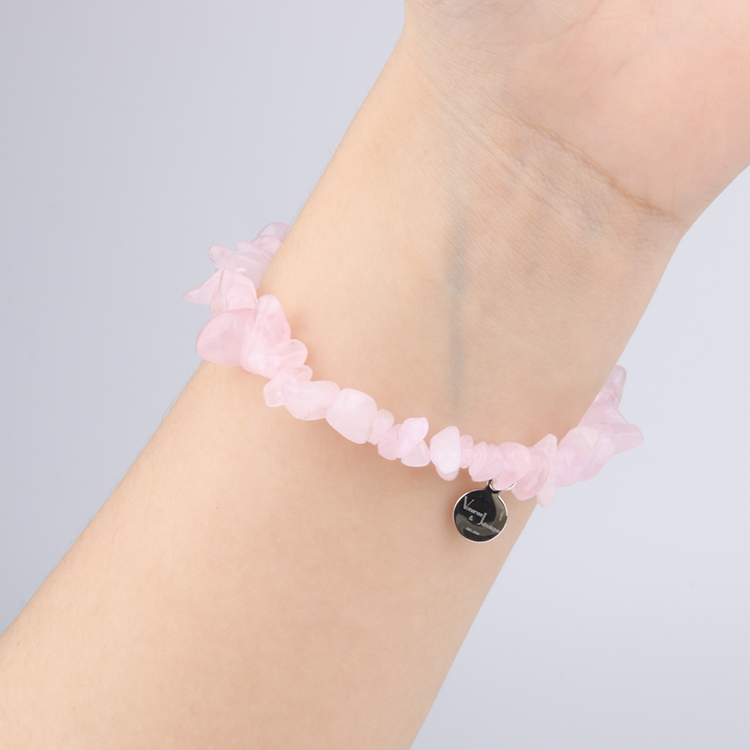
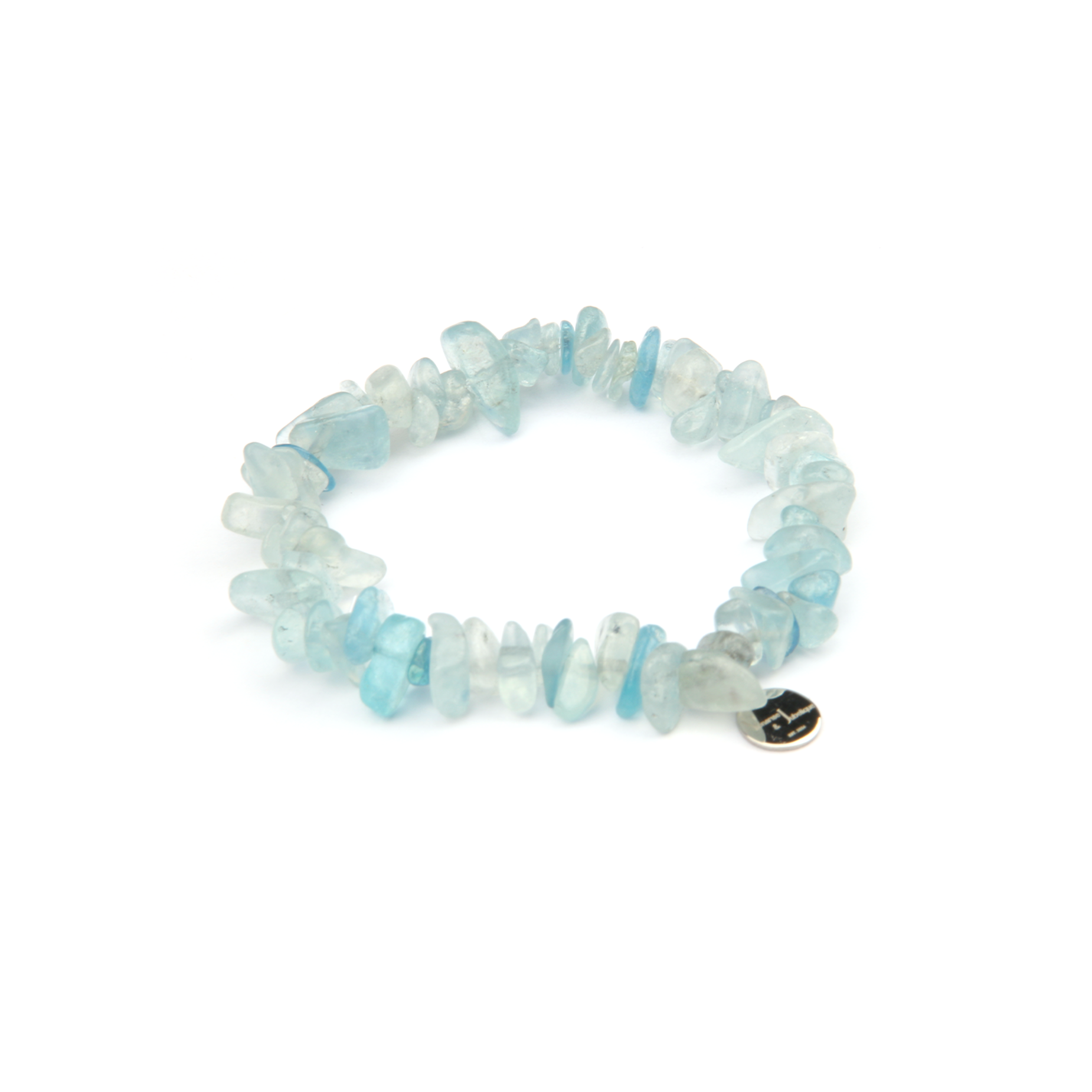
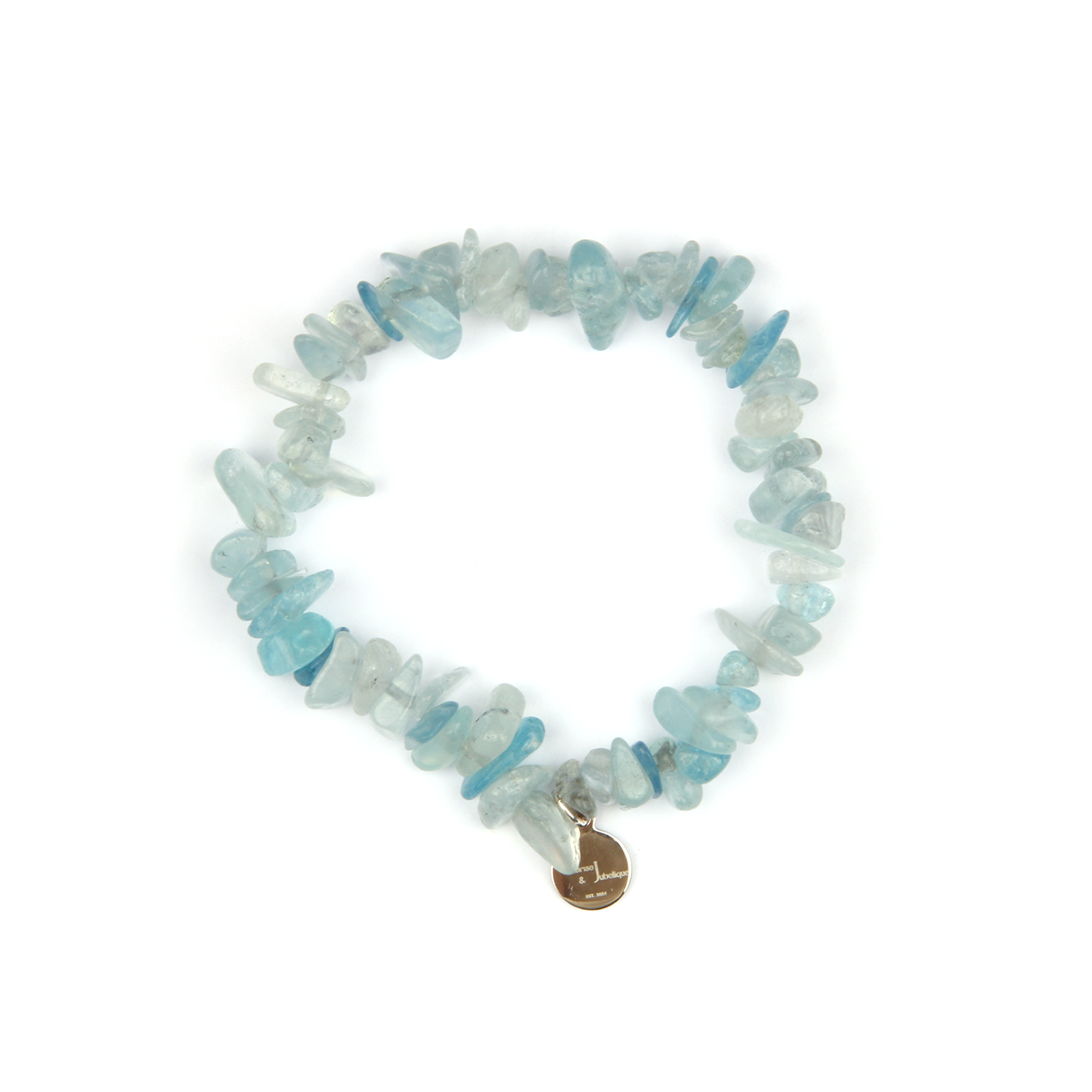
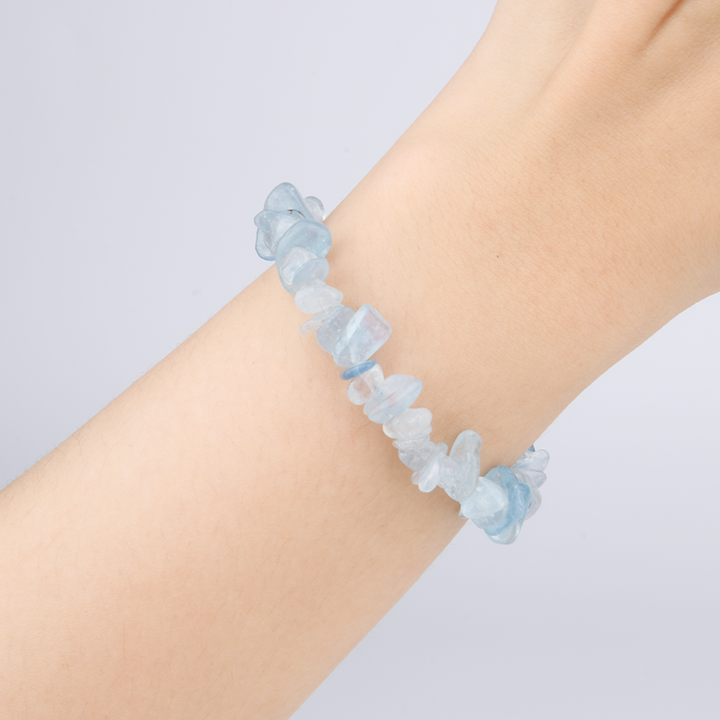
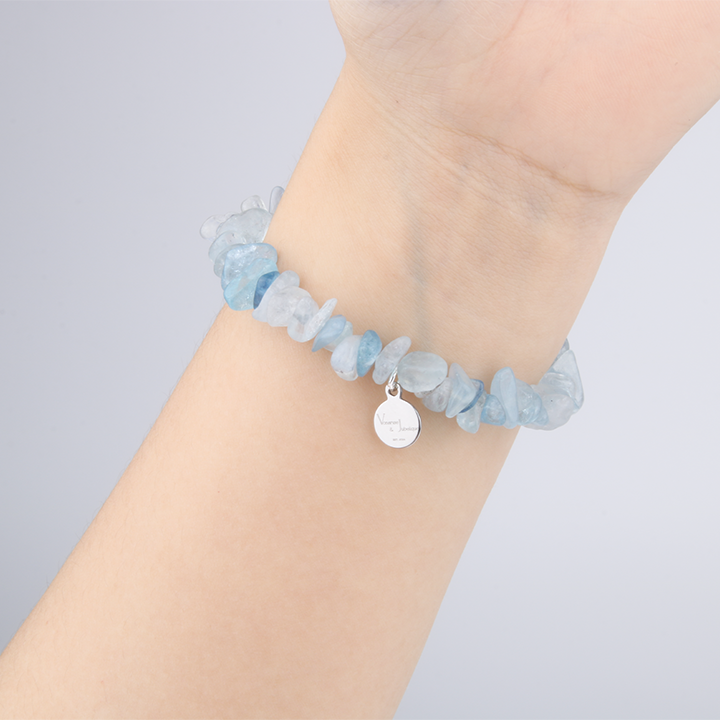
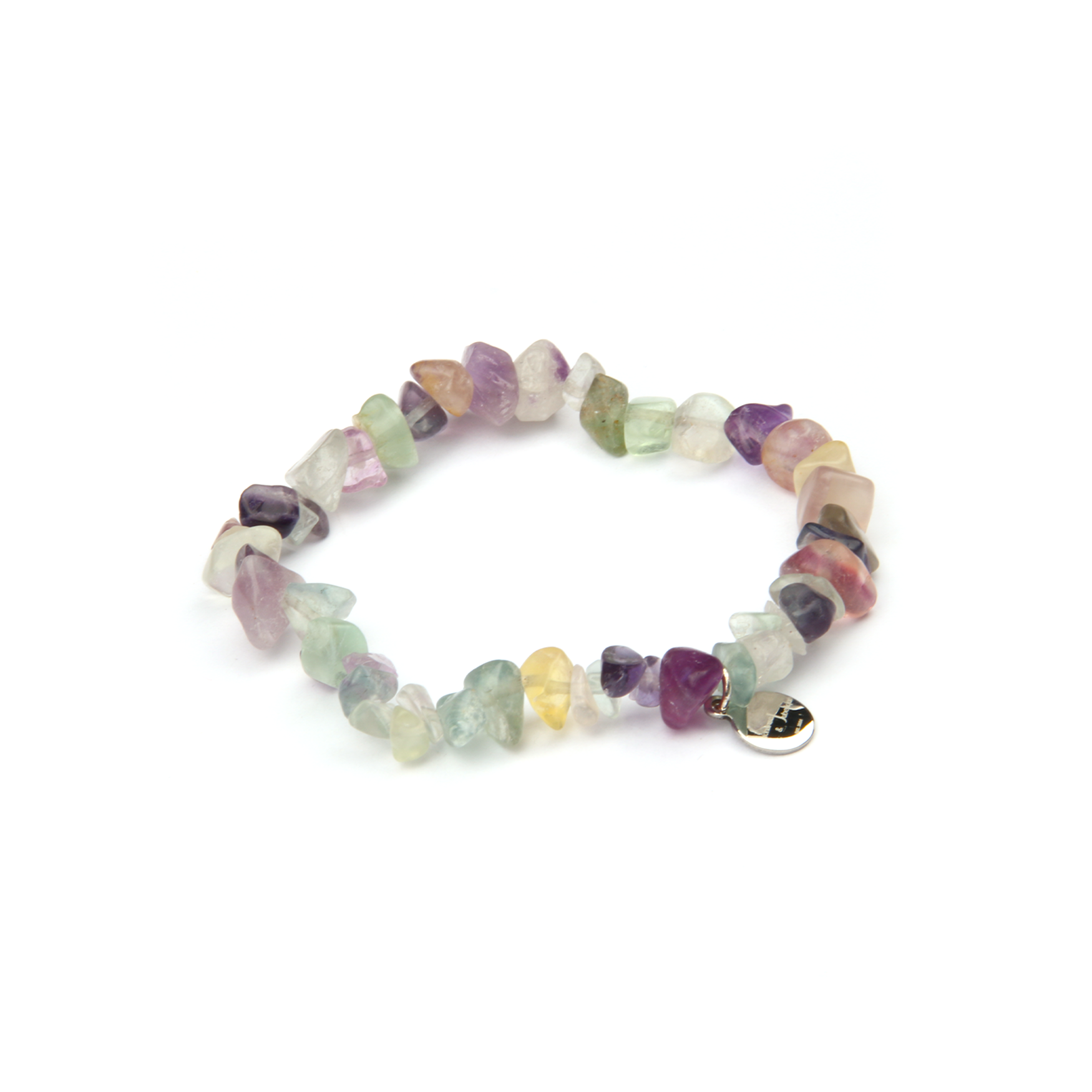
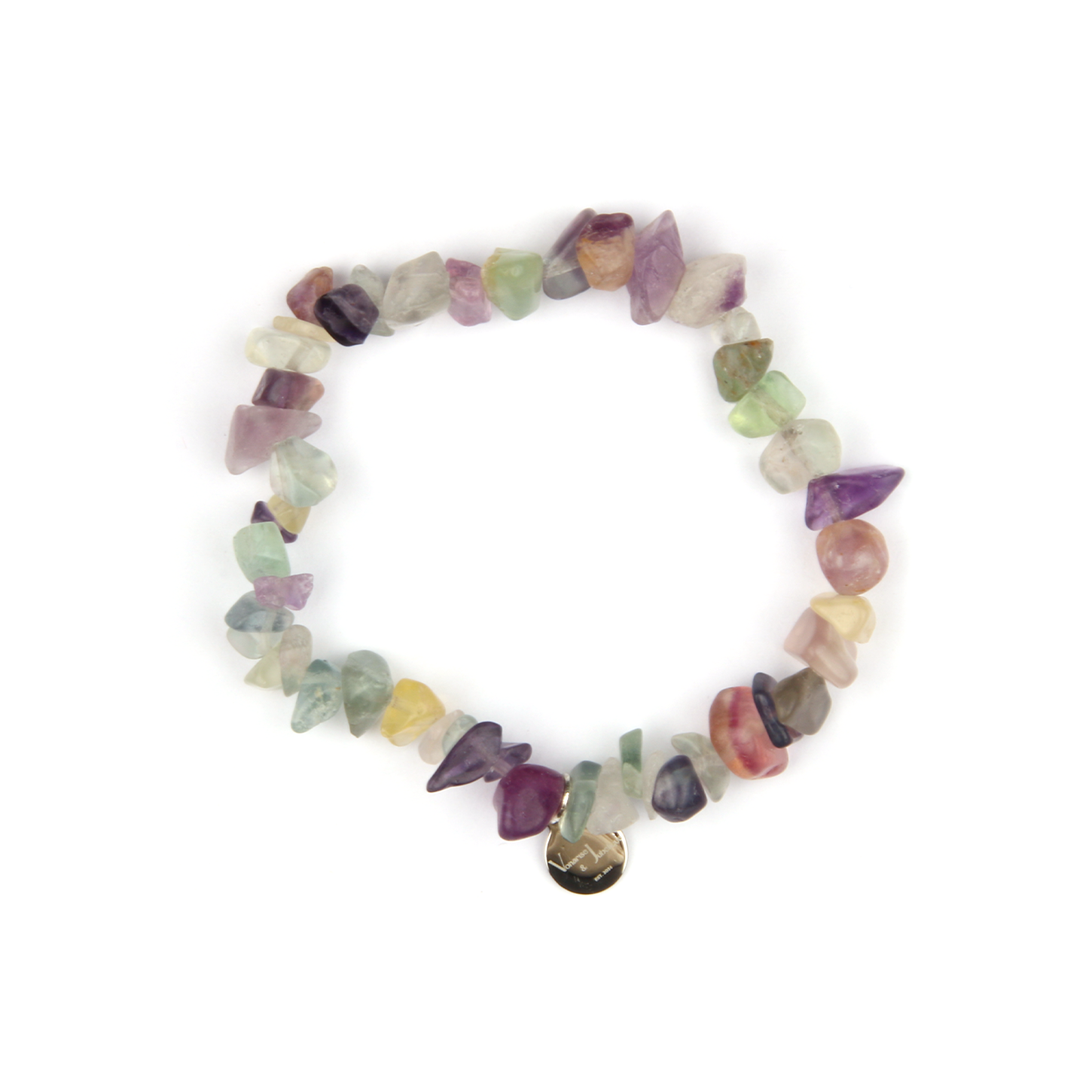
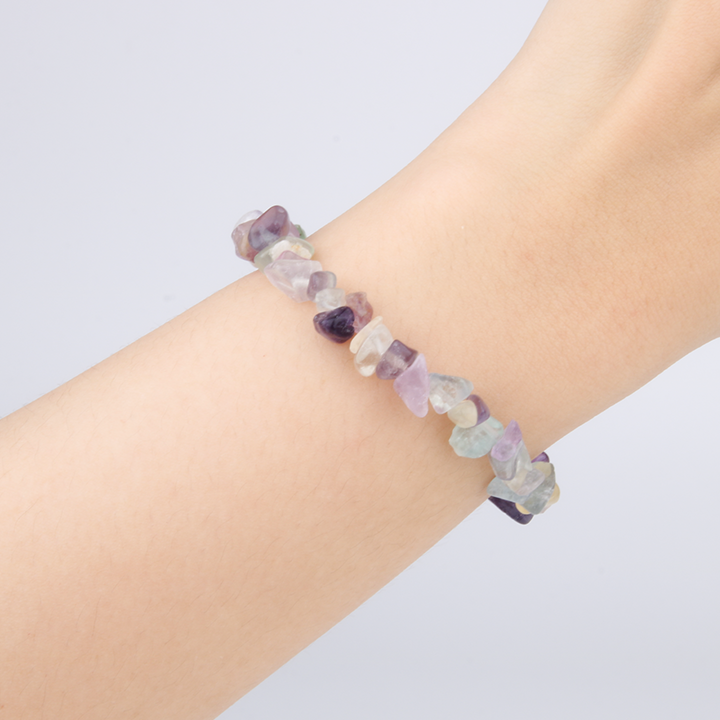
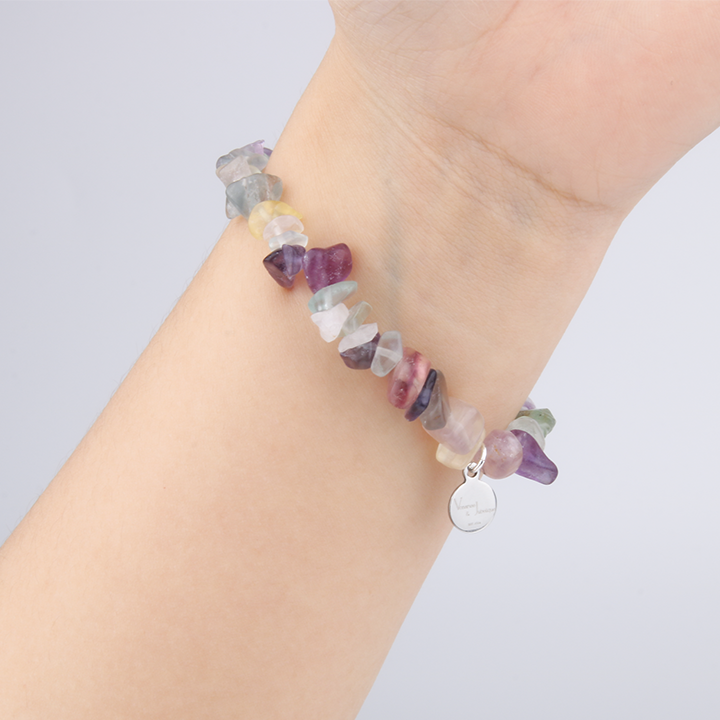
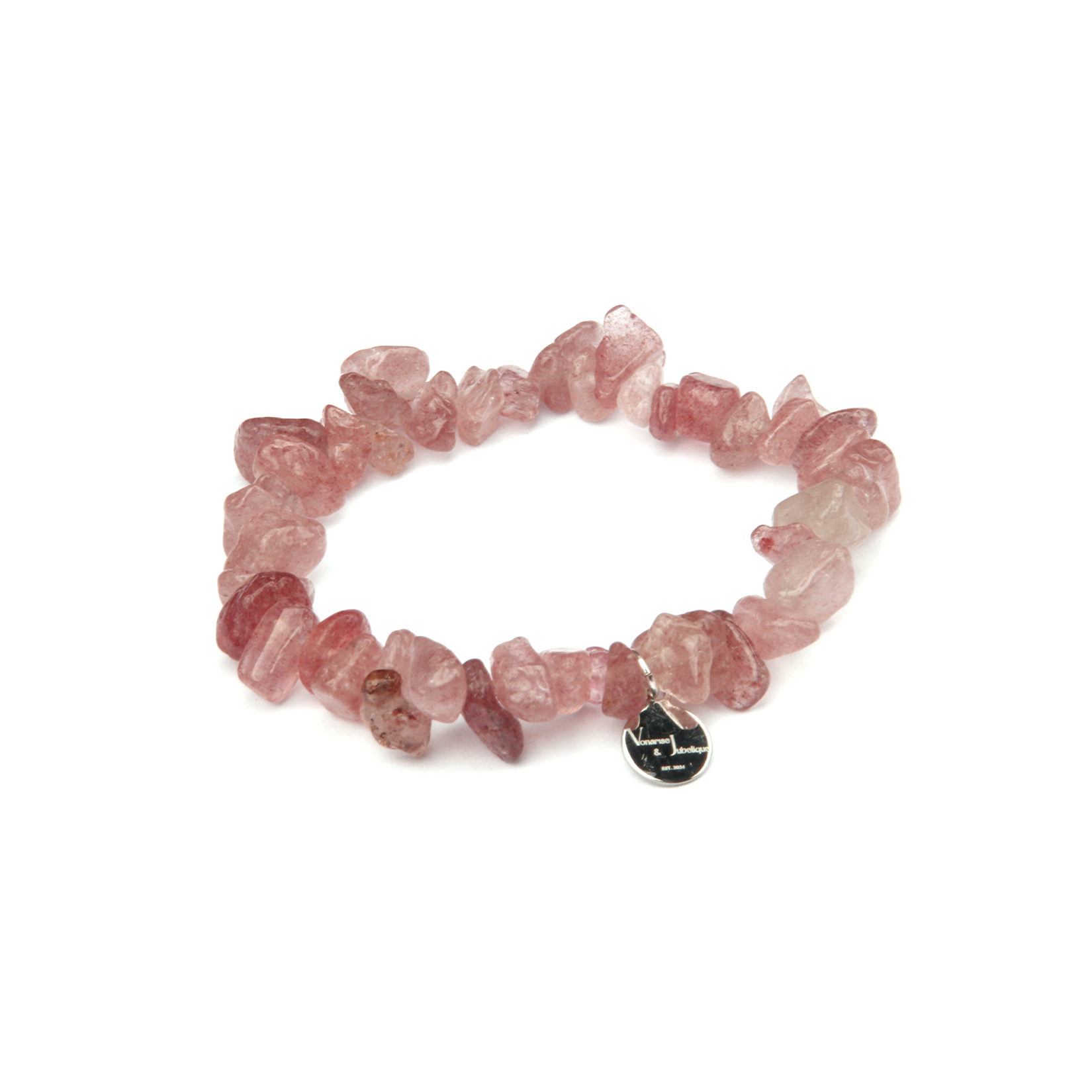
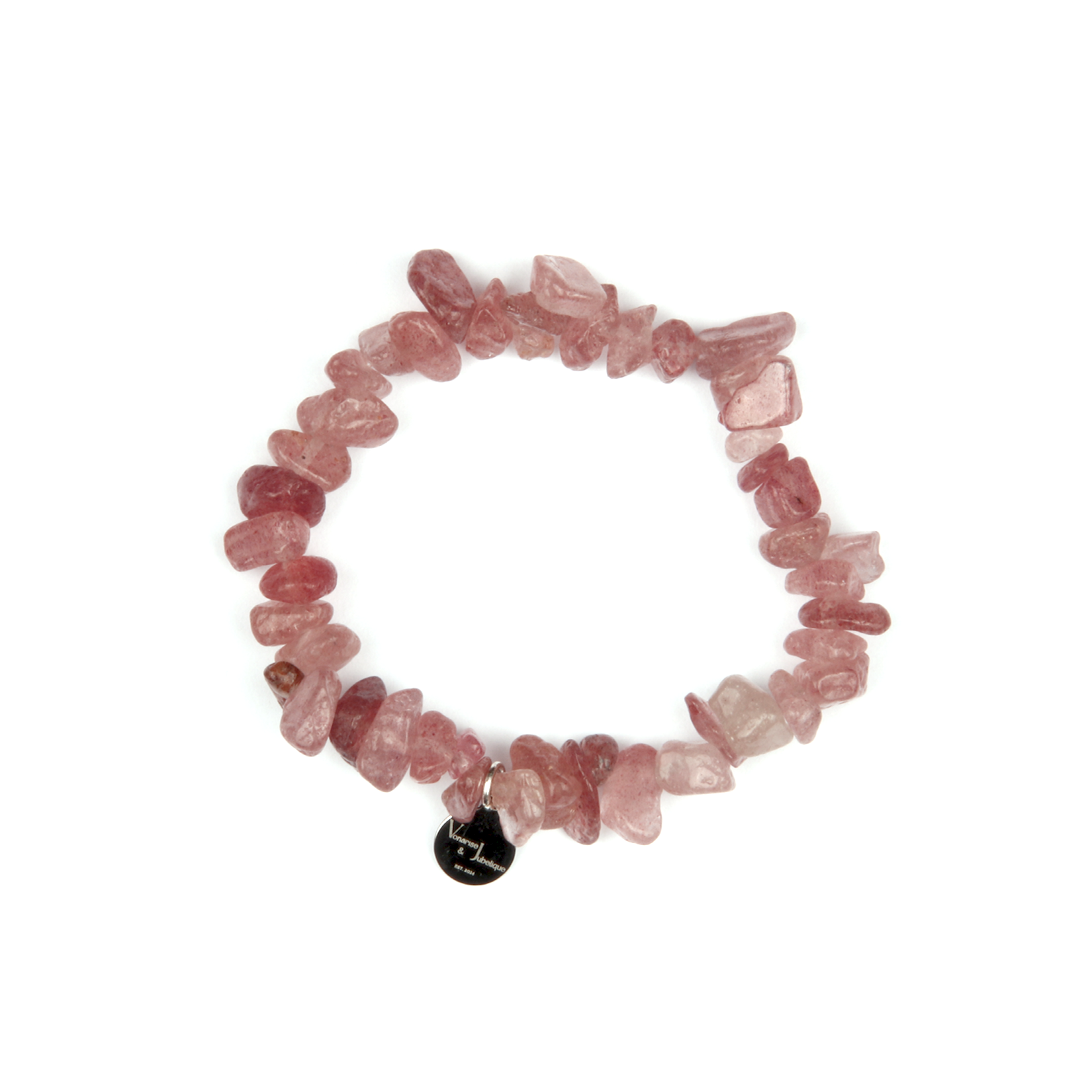
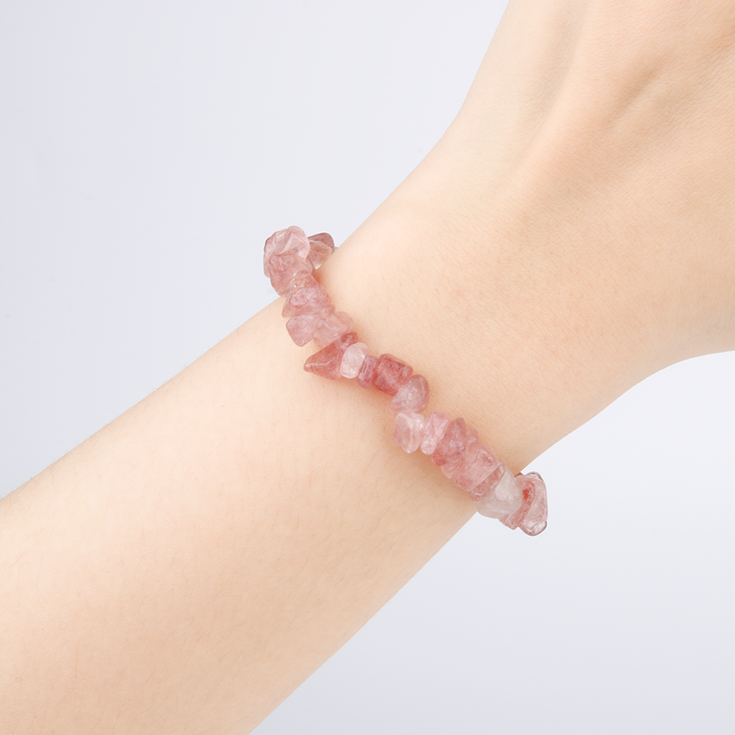
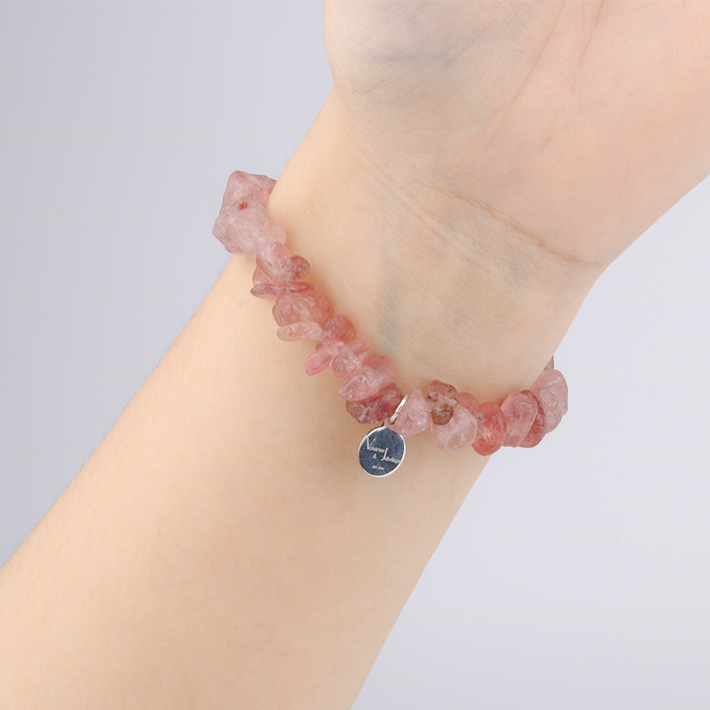
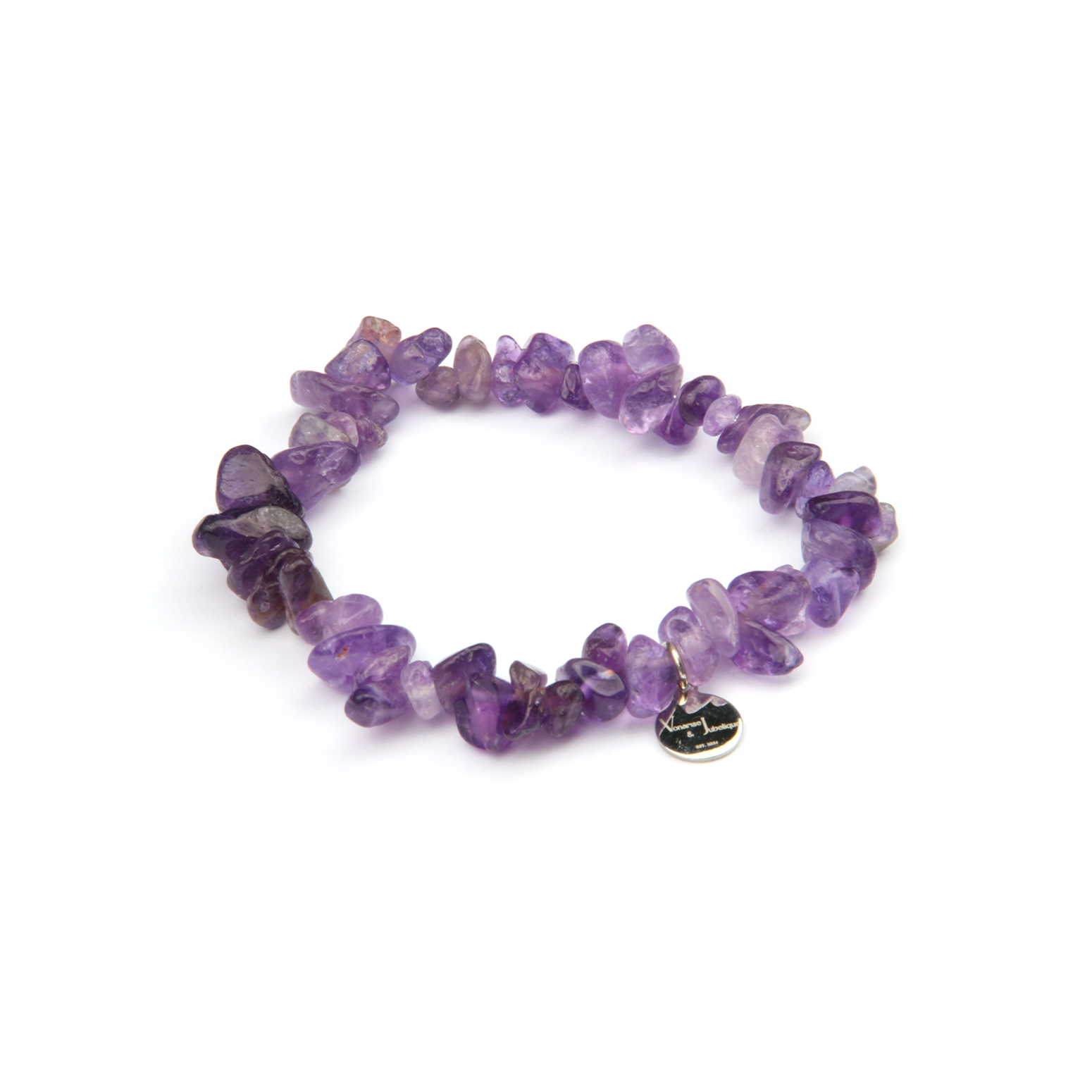
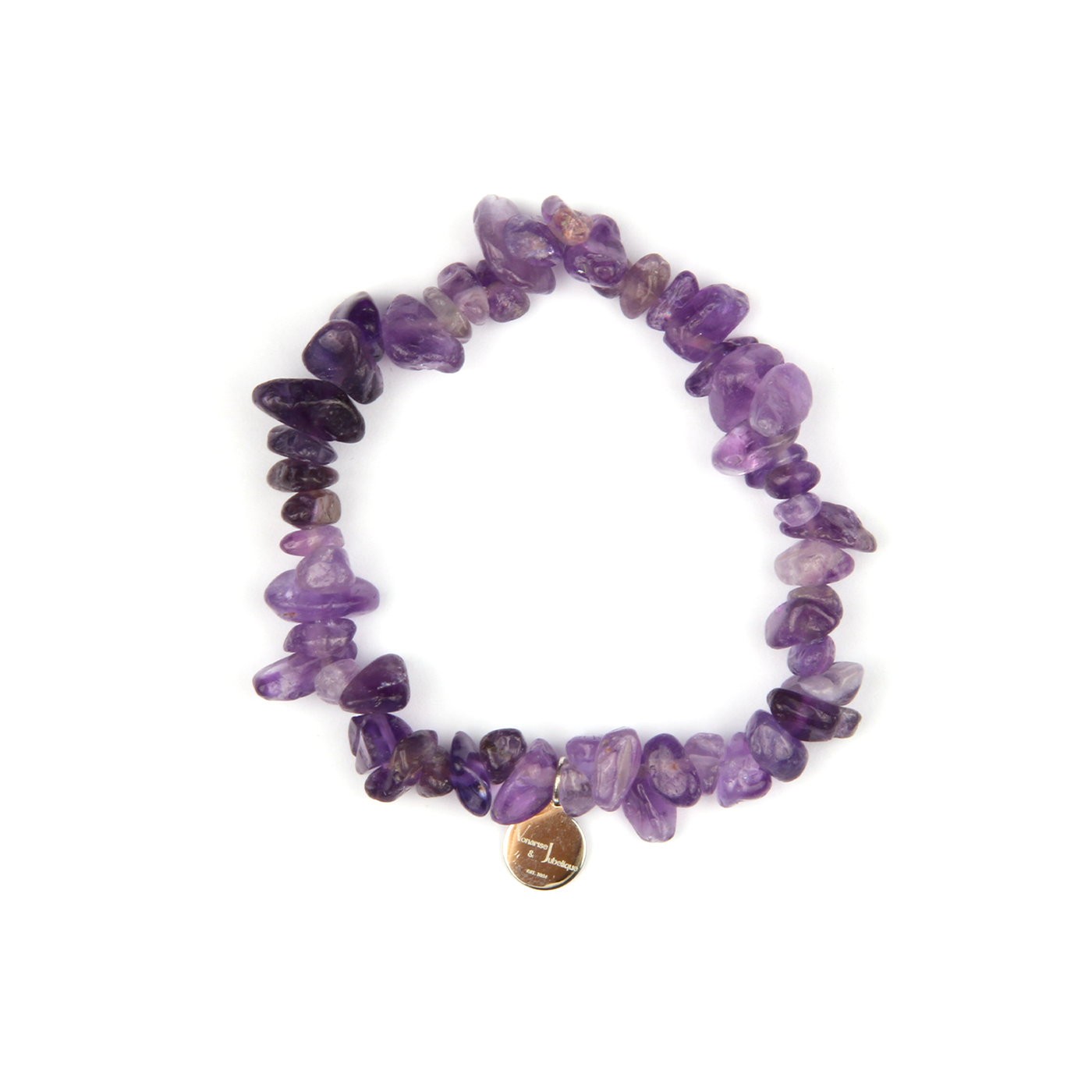
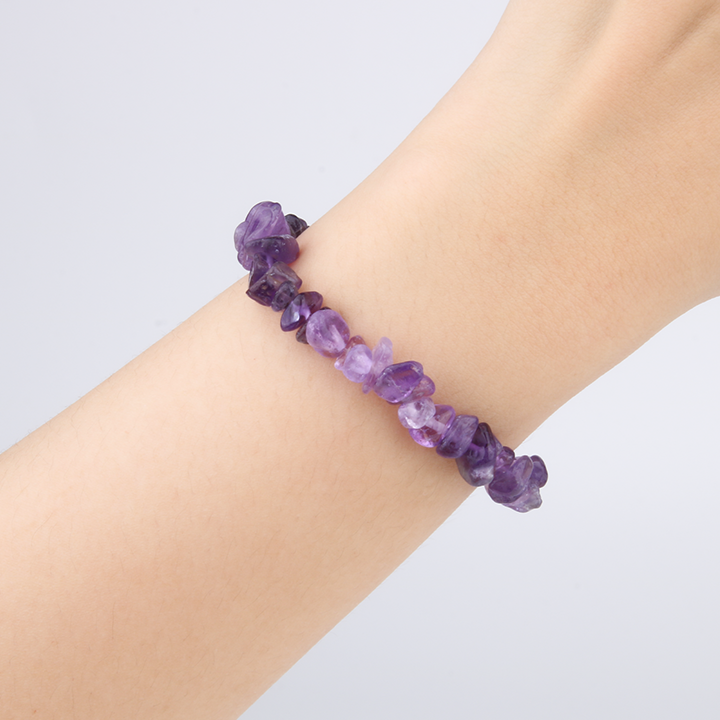
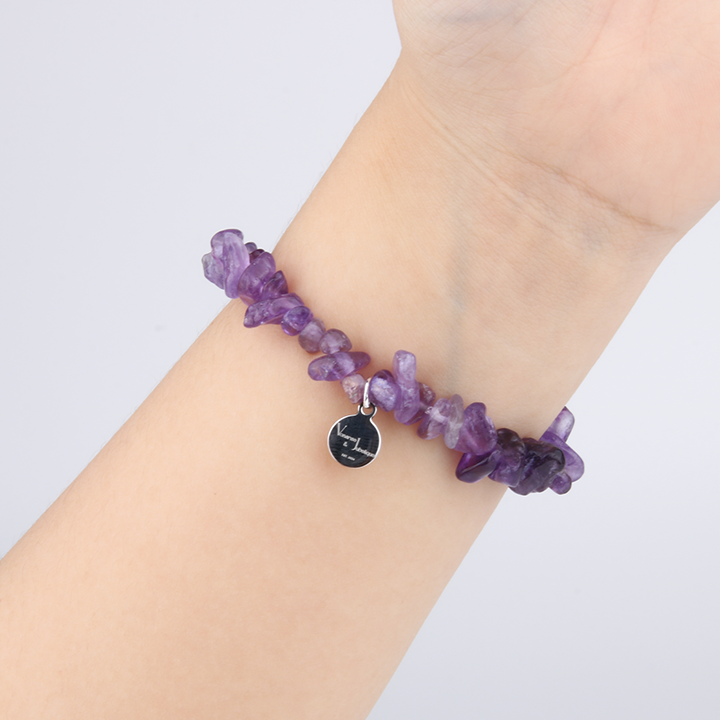
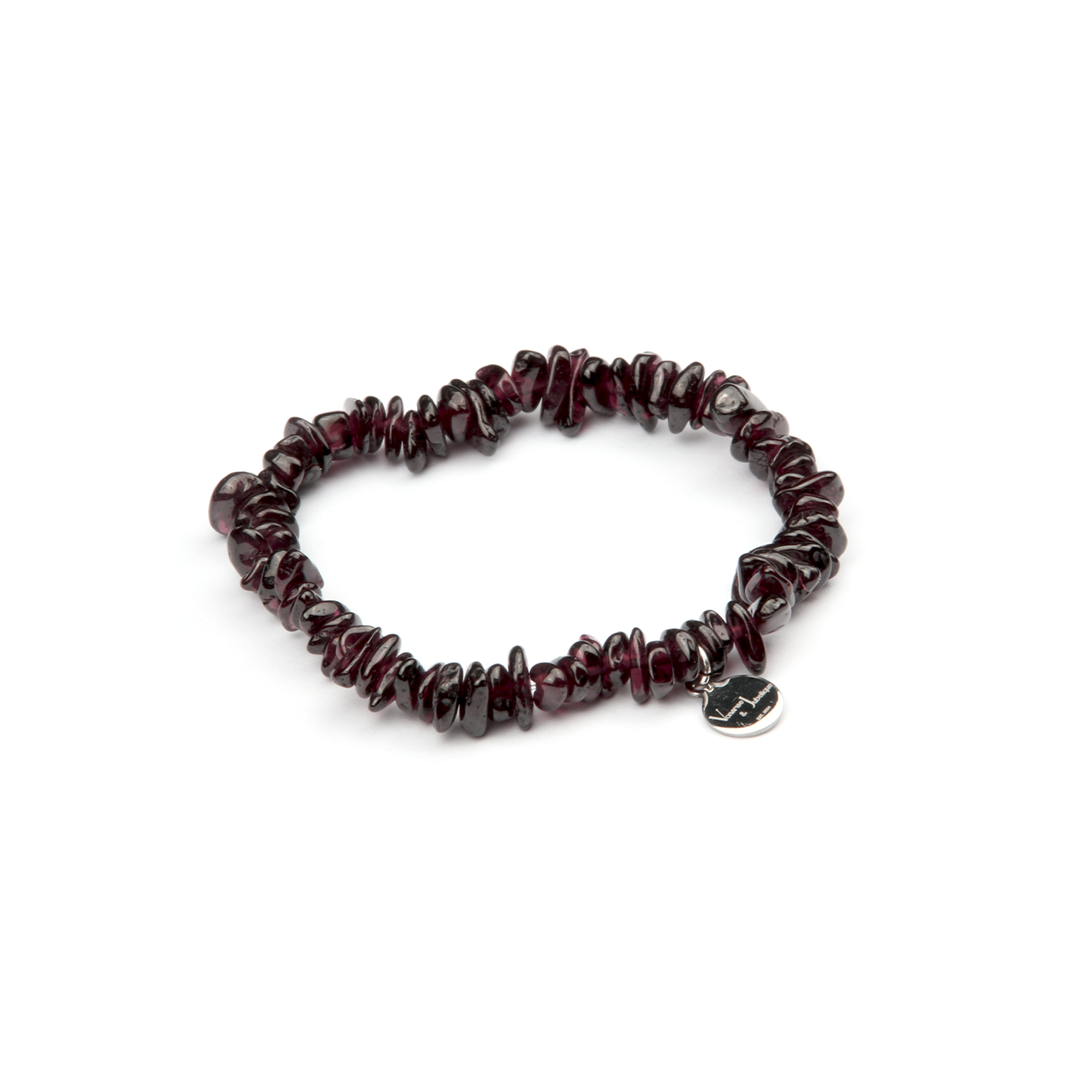
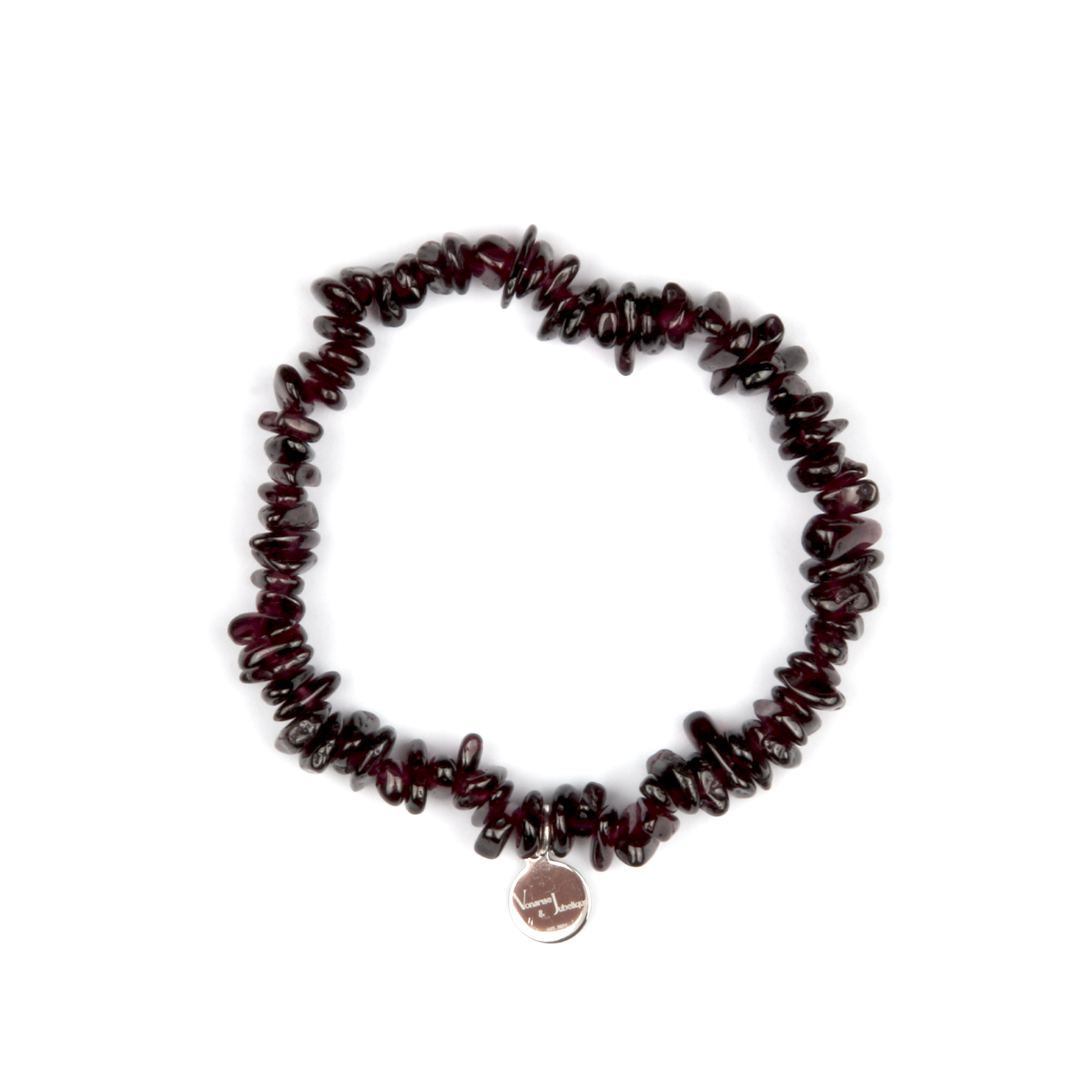
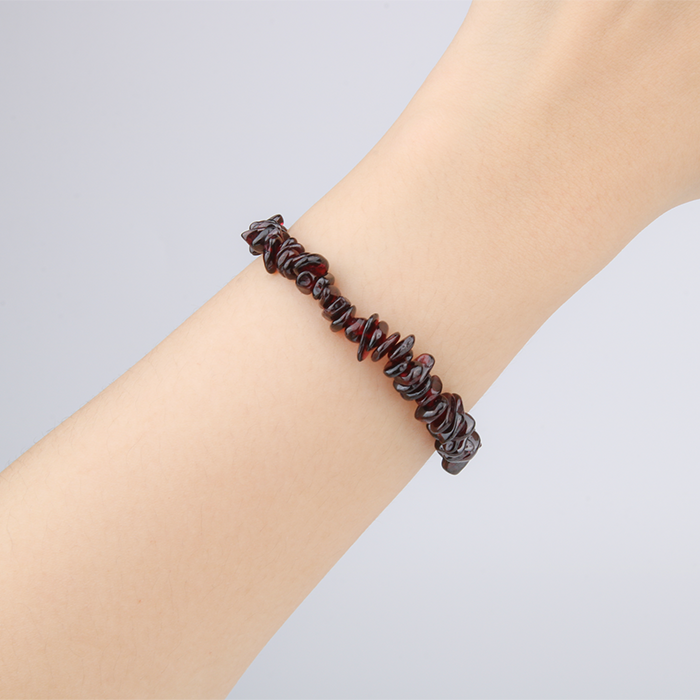
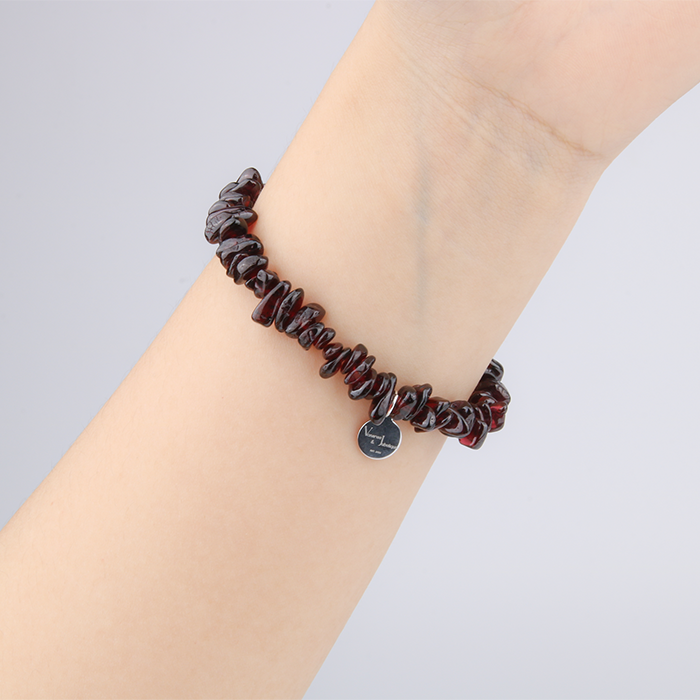
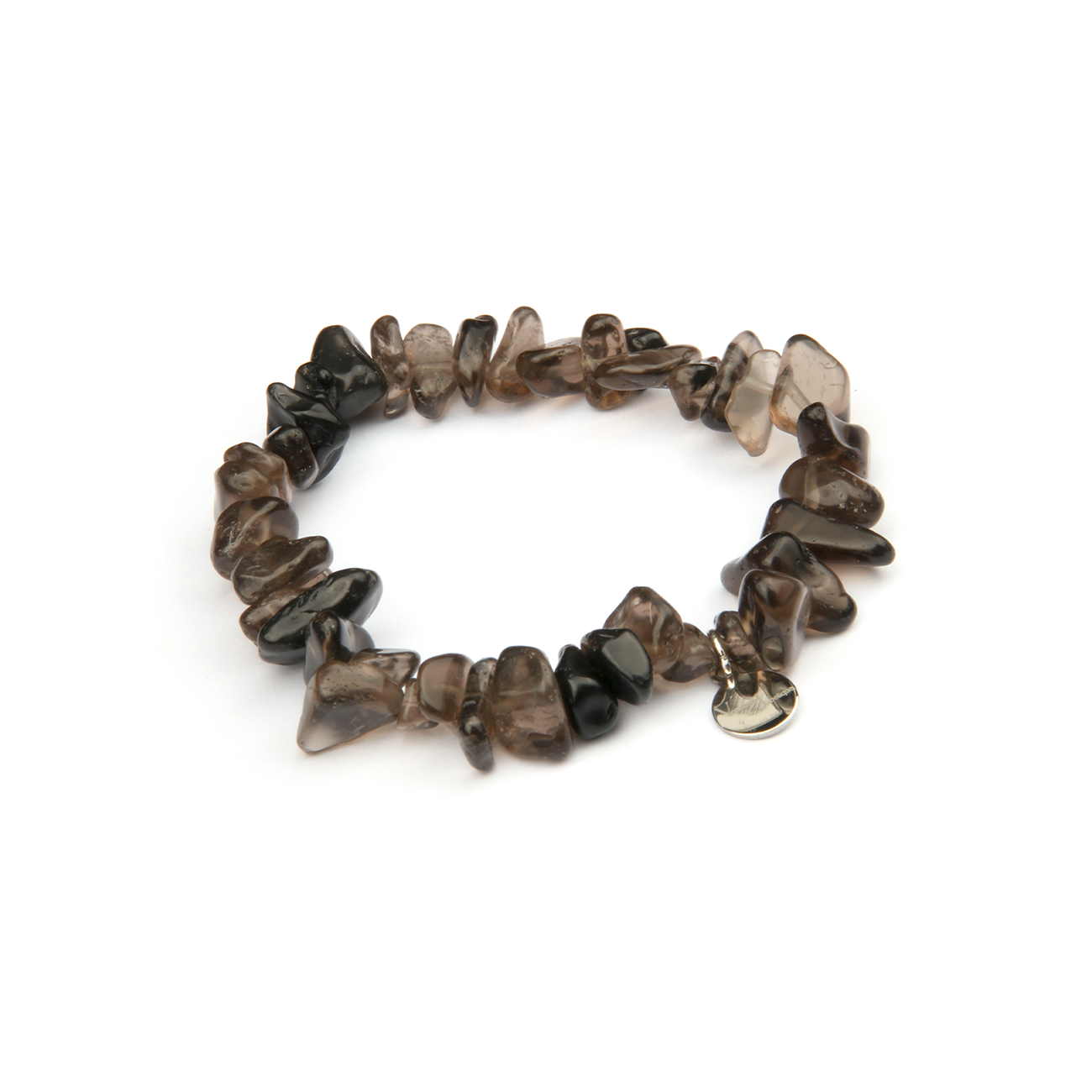
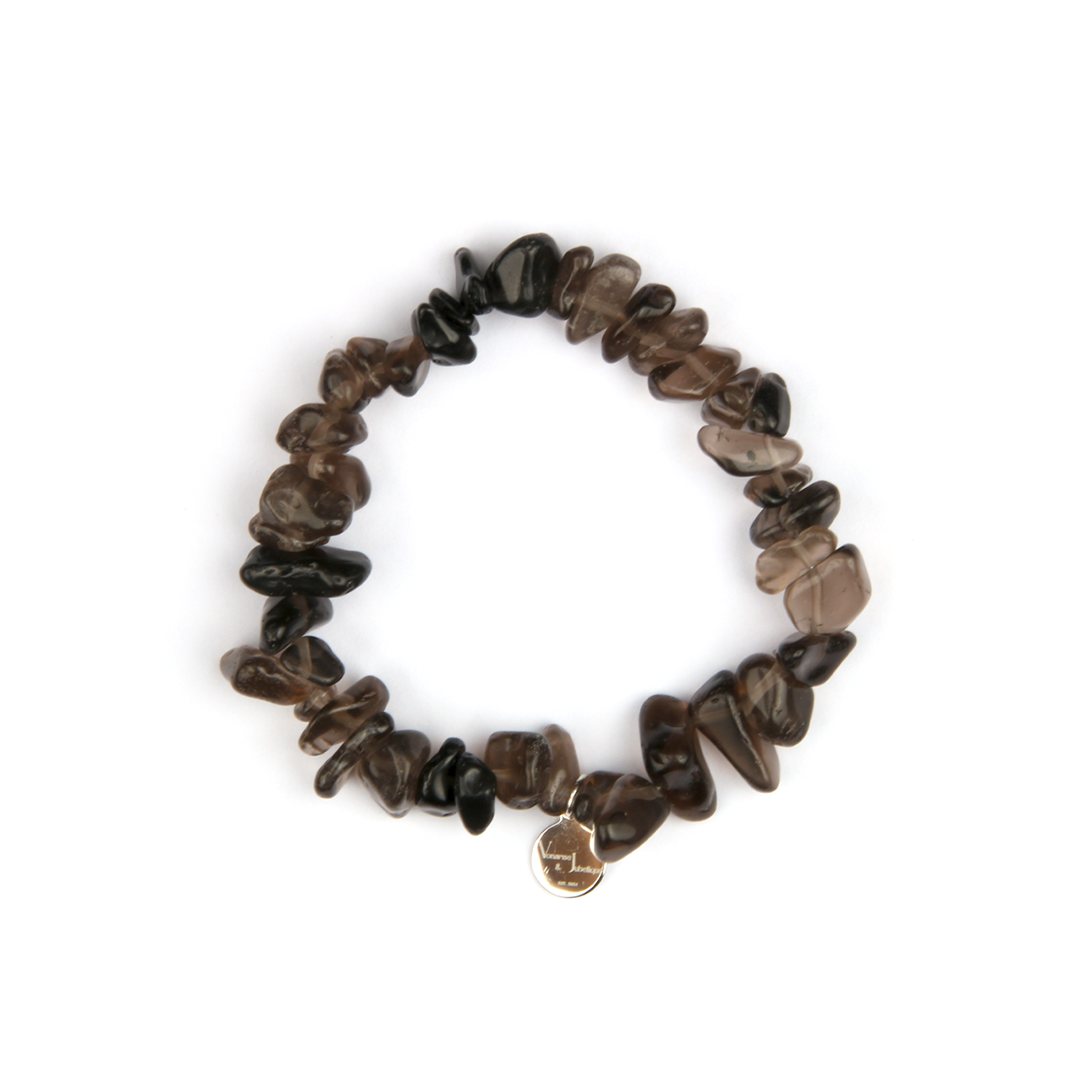
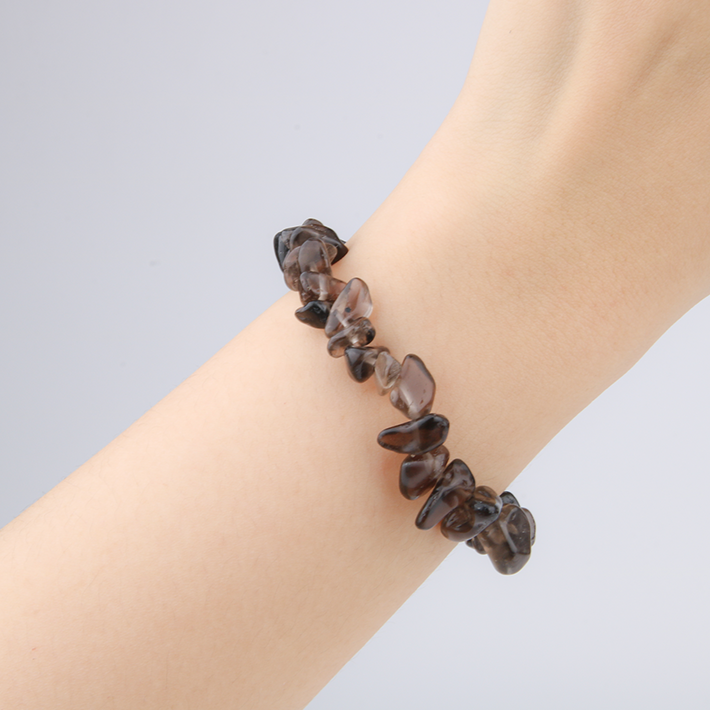
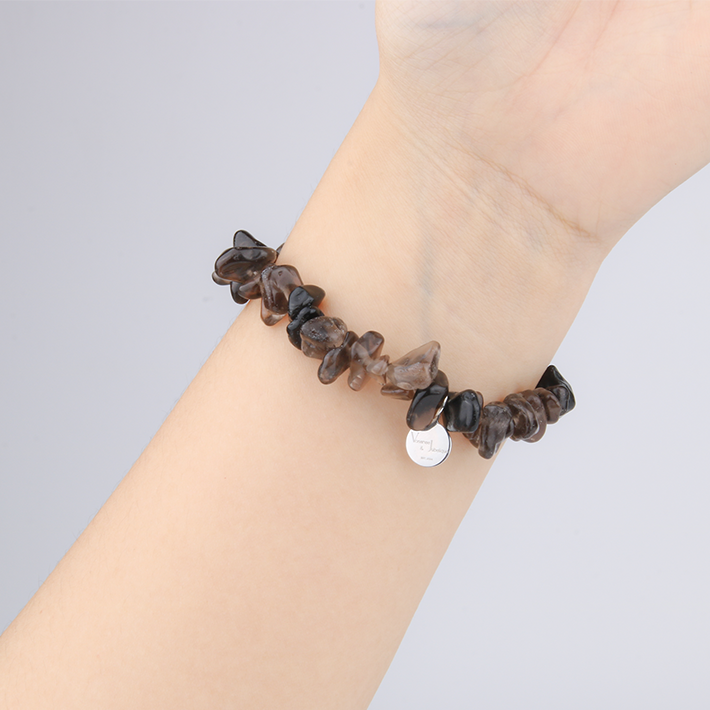
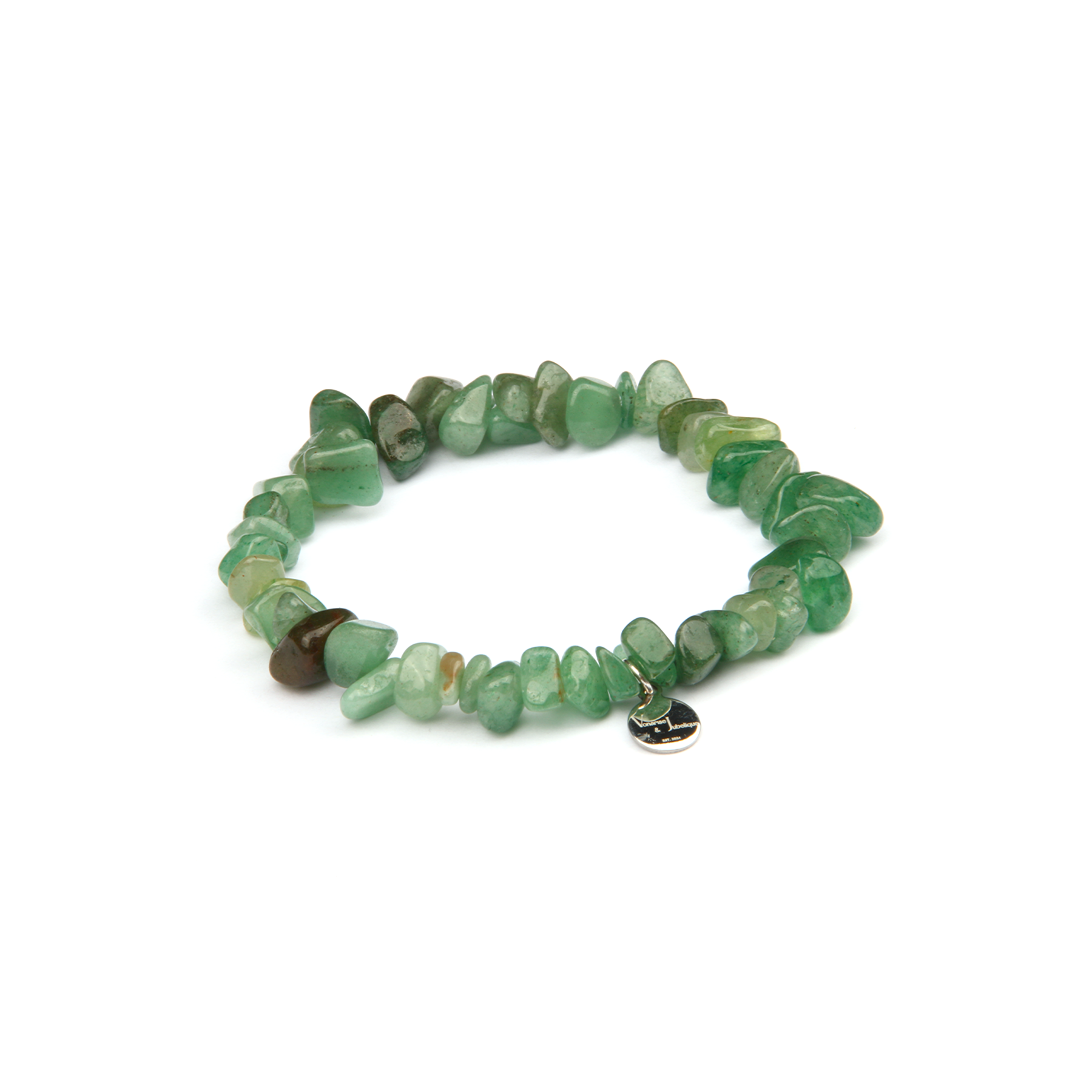
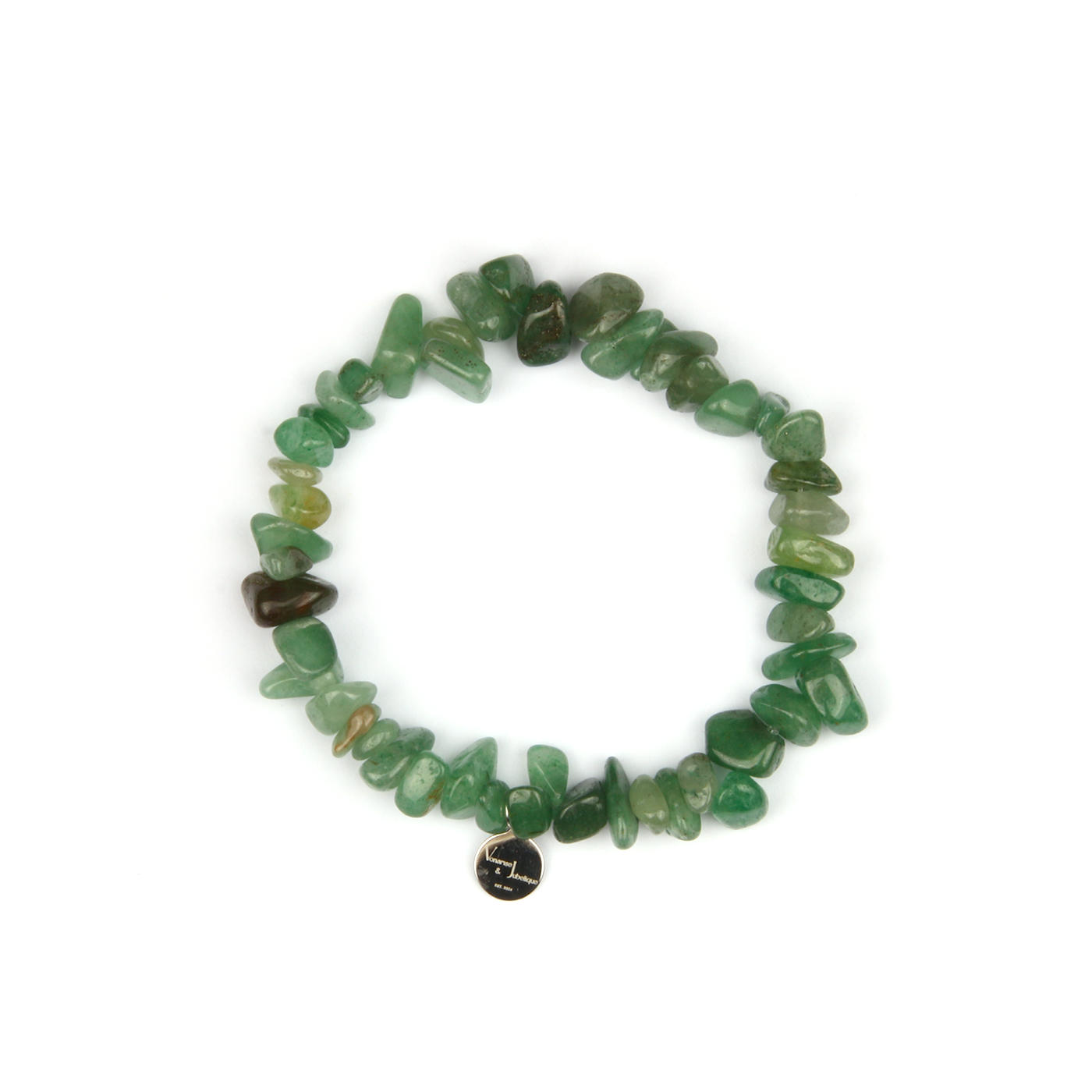
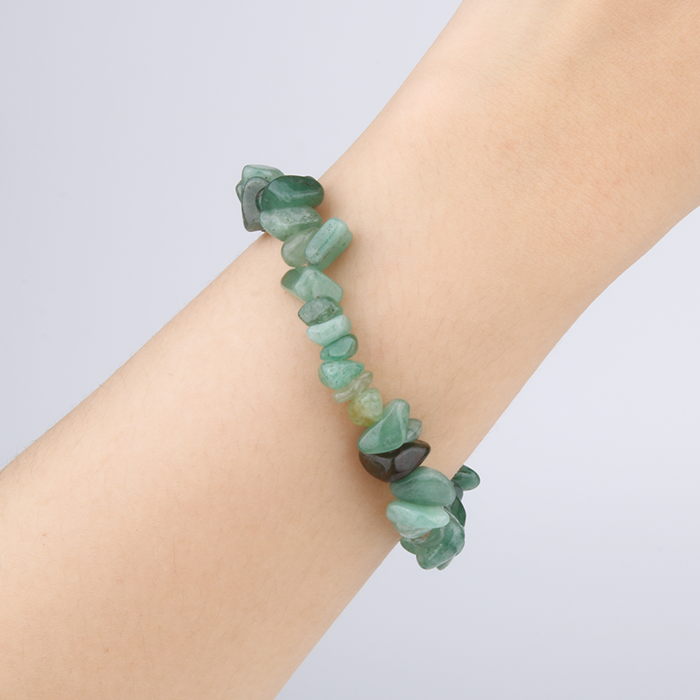
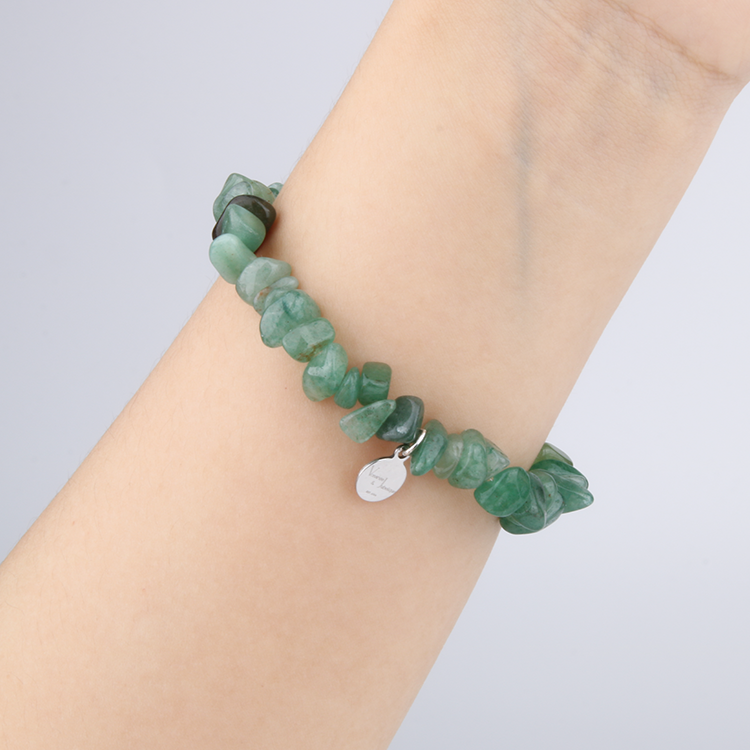
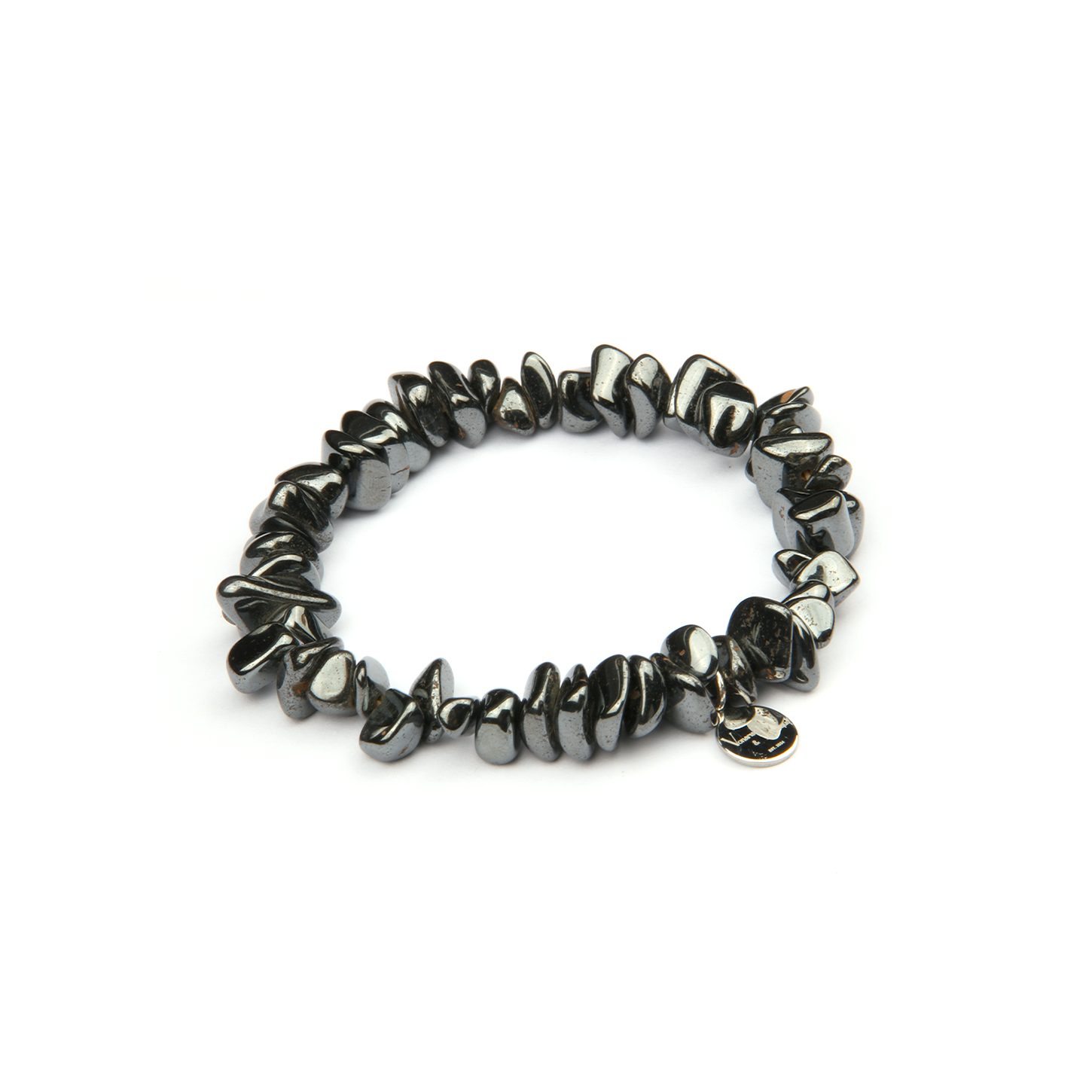
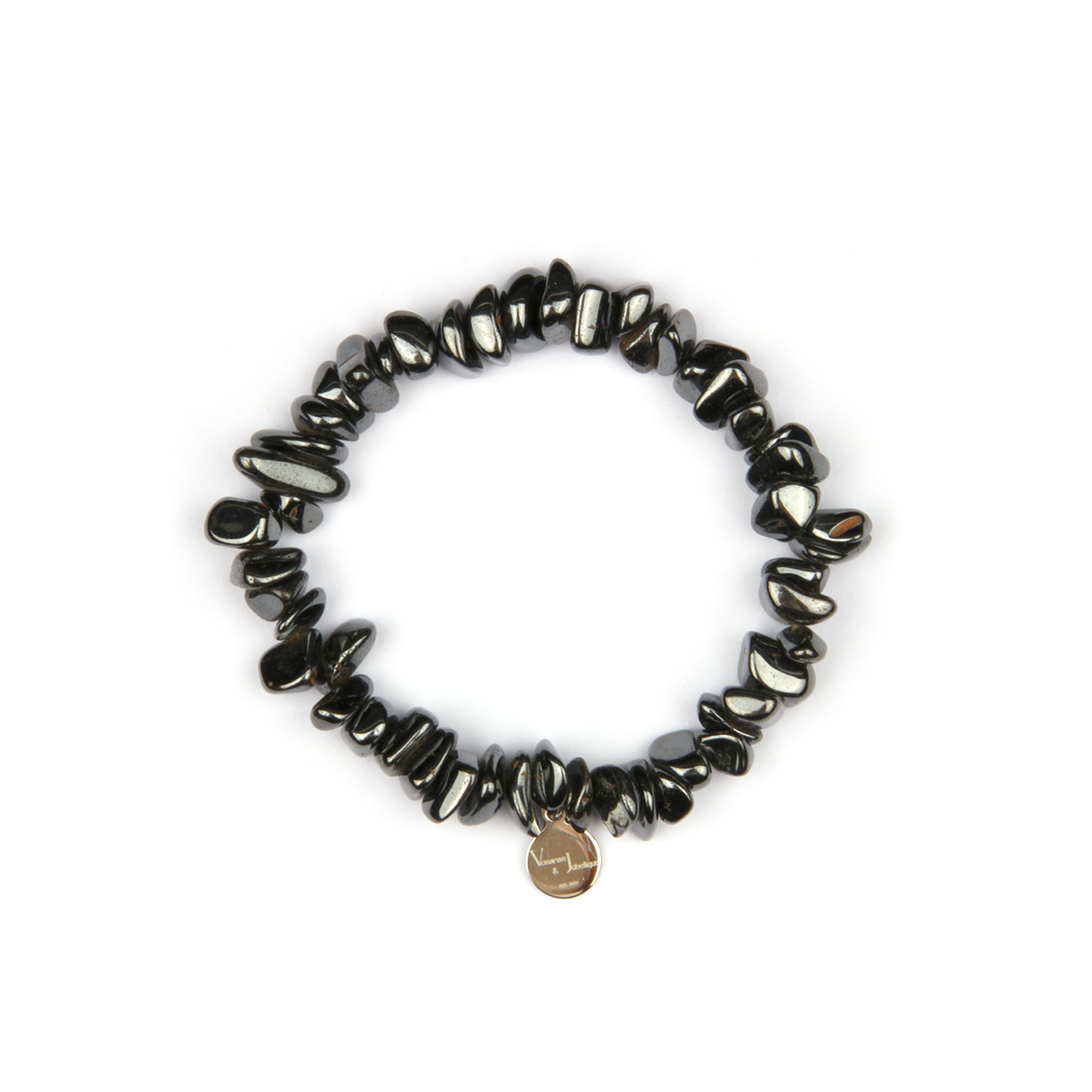
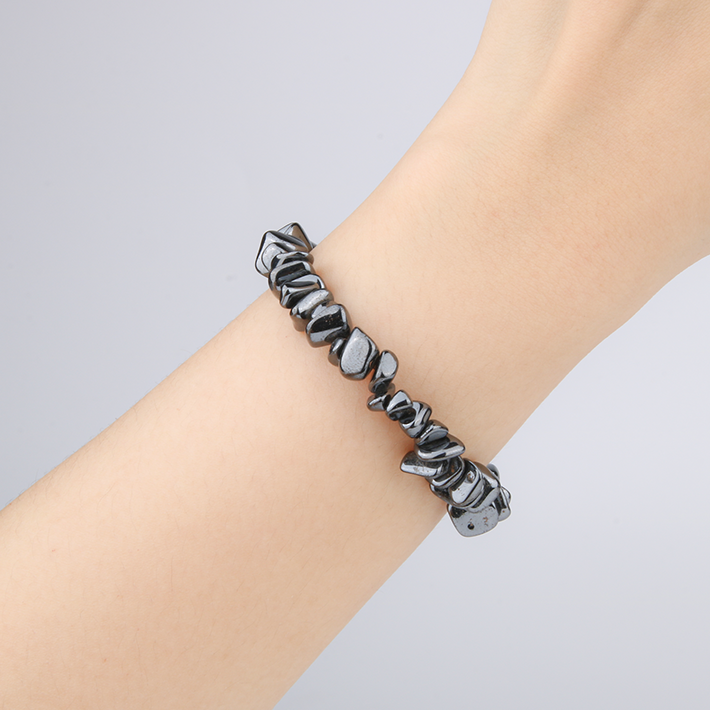
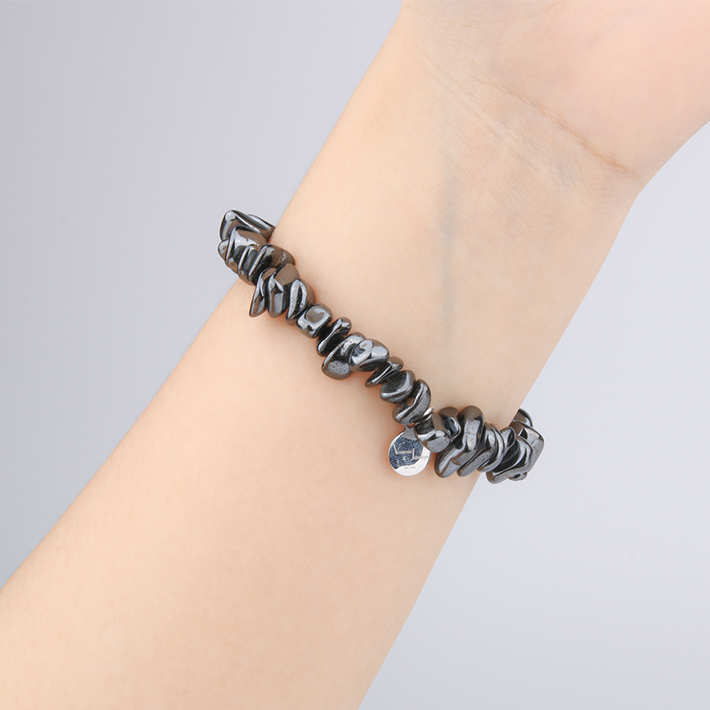
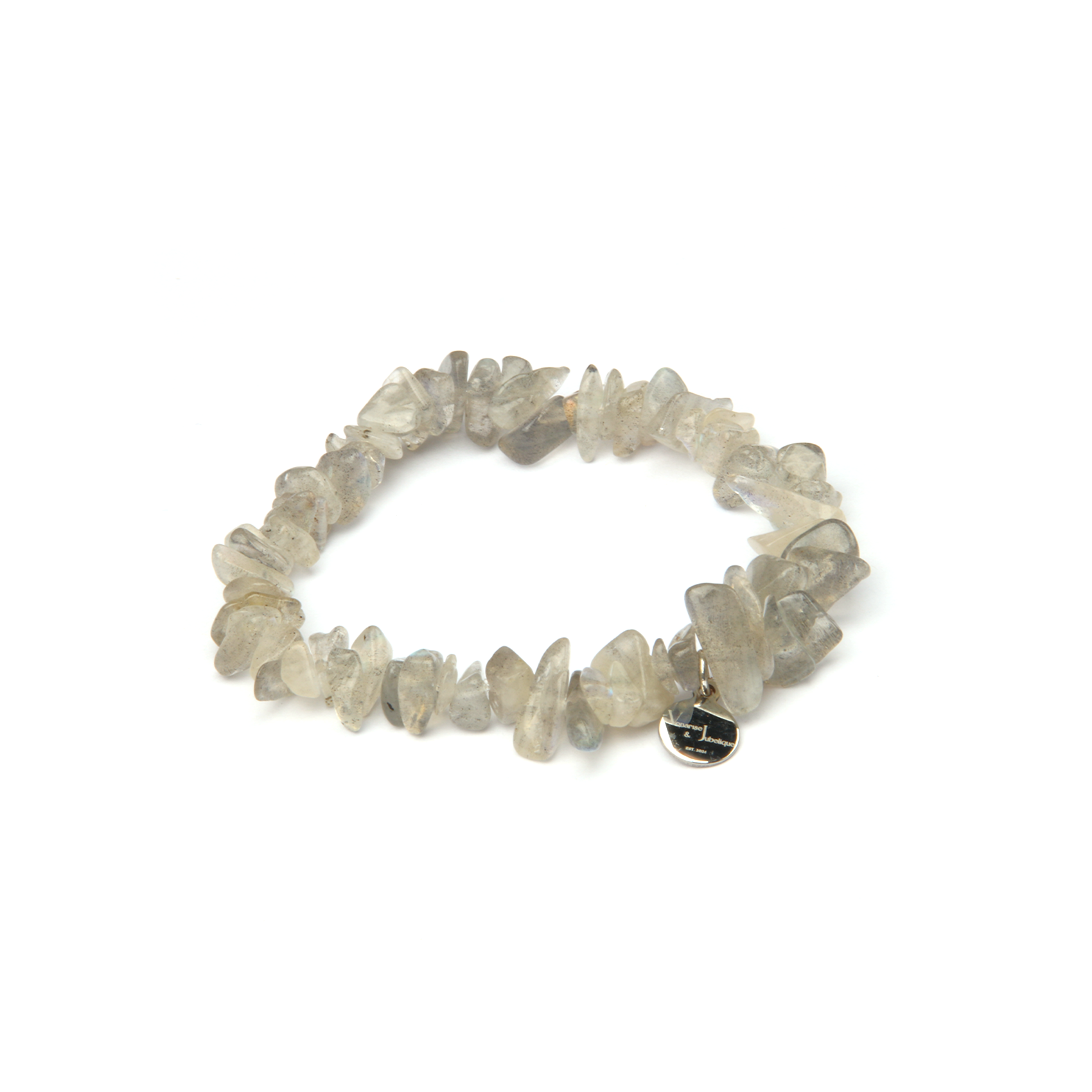
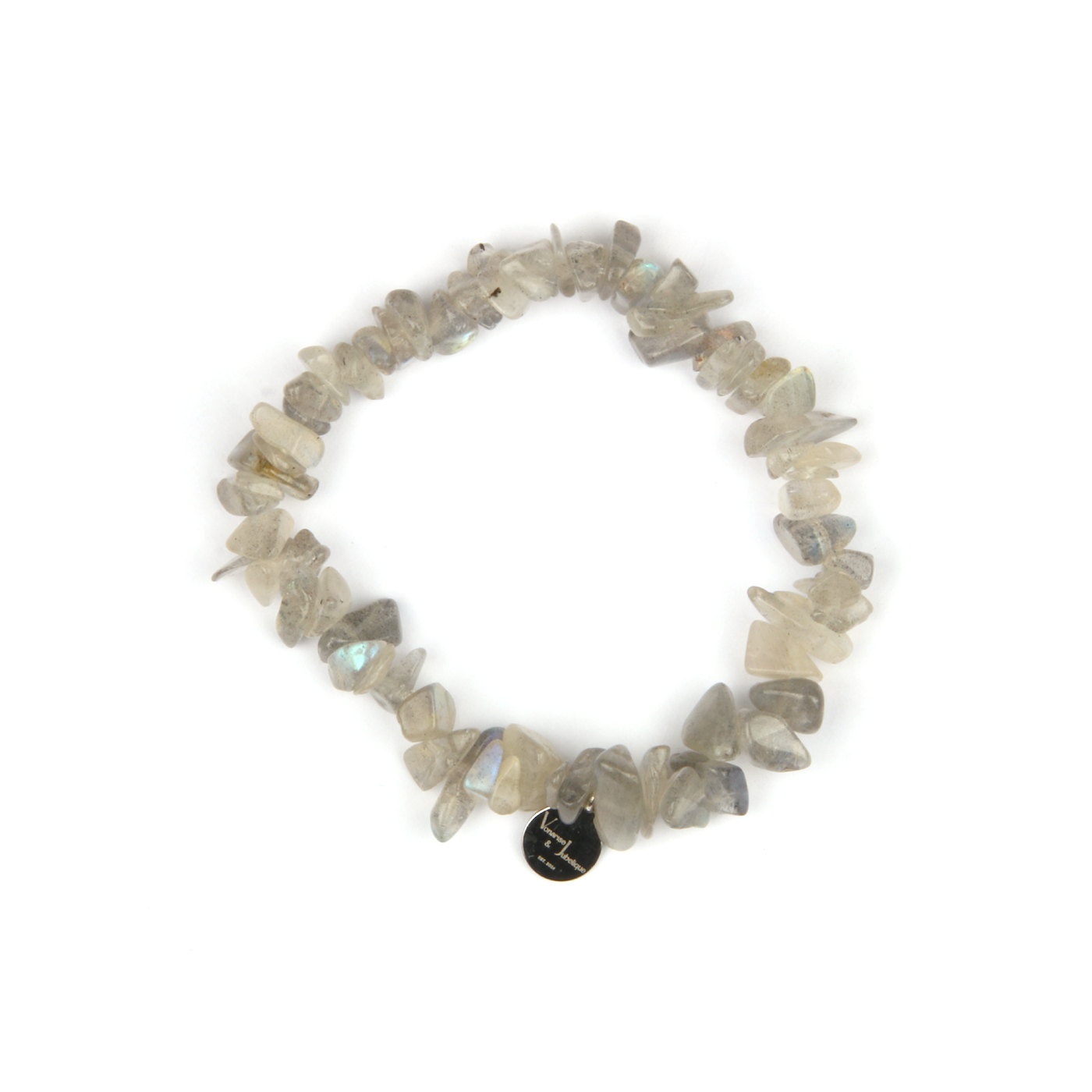
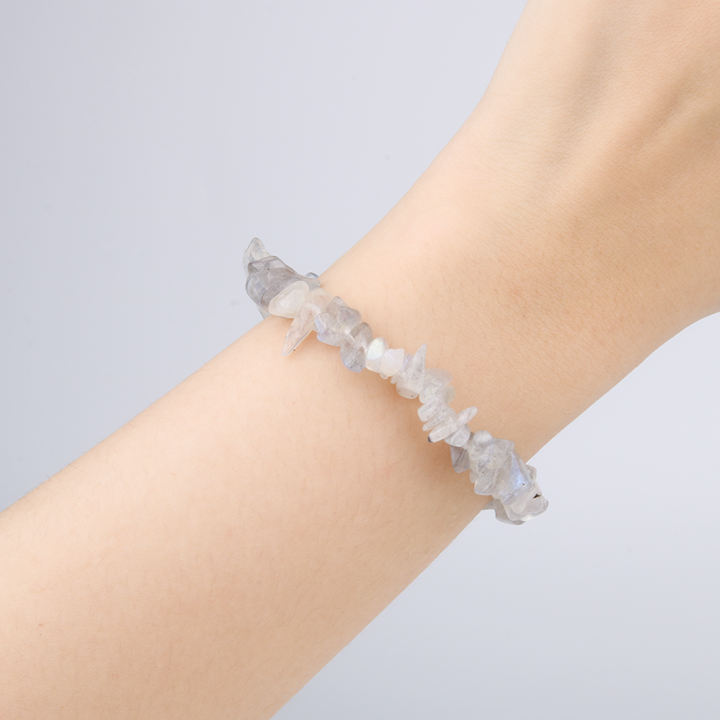
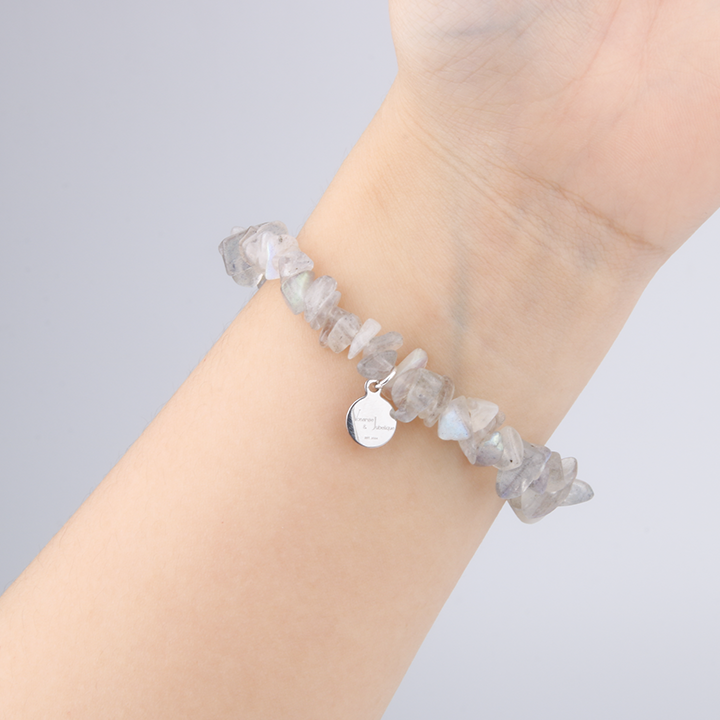
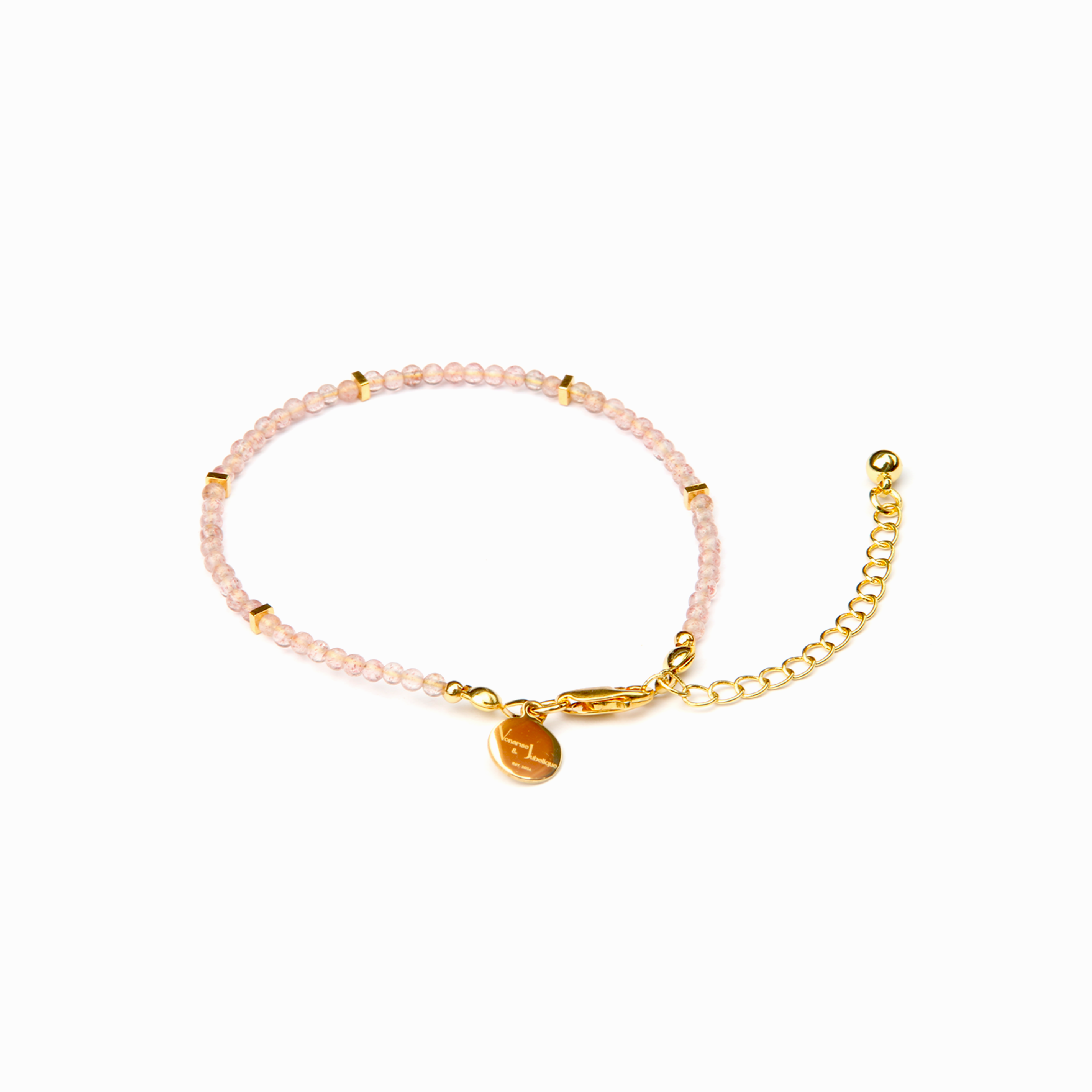
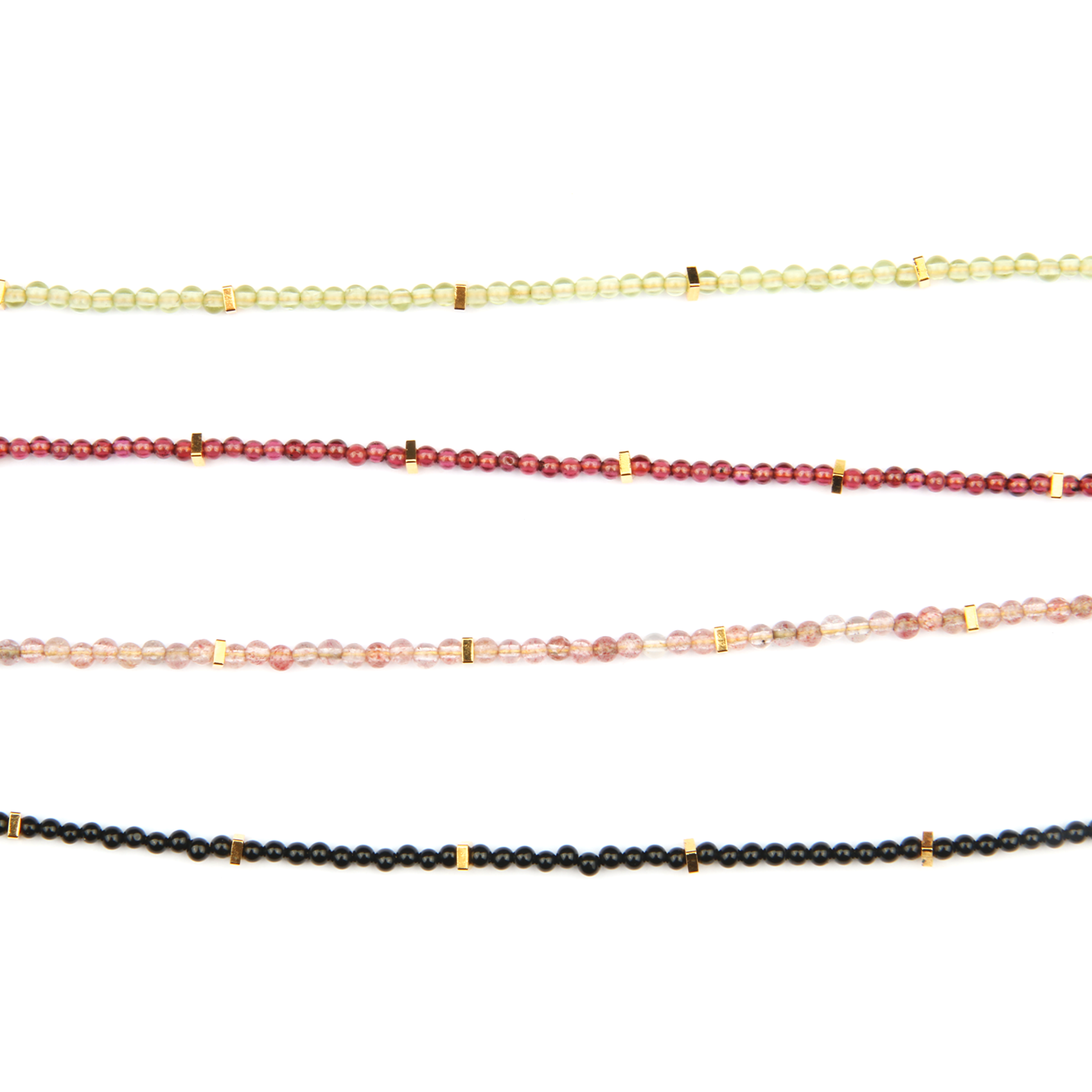
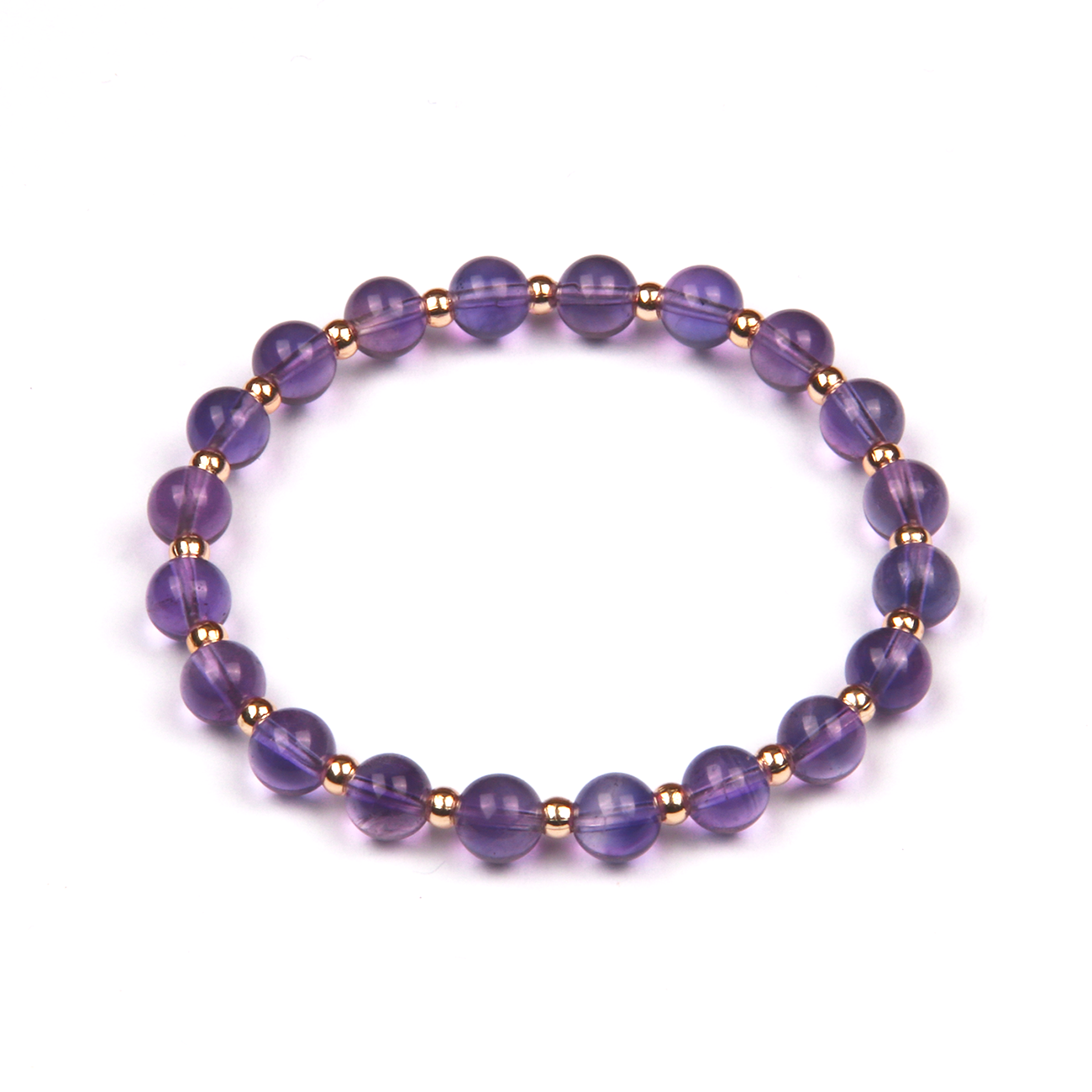
Share:
Amazonite